An important novelty in Milan: in the heart of Brera , in fact, a new space for art, Carlocinque Gallery, opens to the public. The landing point of the many years of experience of its founder, namely Carlo Cinque, collector and expert in communication for art, the gallery aims on the one hand to become a concrete reference and support for the artists it treats, and on the other hand to enhance research on the art of the 20th and 21st centuries. Thus born from a passion, the gallery wants to become an ambitious commitment and the result of reasoning on the aesthetic debate, as well as on the trends imposed by the market. The activity lives through the direct and ongoing relationship with artists, whose works are available to meet with new collectors.
The gallery’s headquarters, at 31 Via dell’Annunciata in Milan, is developed on two floors, clearly identifiable from the outside. It begins immediately in grand style, from March 4 to May 3, 2023, with an exhibition dedicated to one of the most highly regarded contemporary Italian artists, Dario Ghibaudo (Cuneo, 1951), who presents a refined series, 41 Formelle, composed of tiles modeled in high relief. The exhibition is precisely titled 41 Formelle, is curated by Carlo Cinque and Luigi De Ambrogi, and is accompanied by a catalog with text by Achille Bonito Oliva. Carlocinque Gallery is exhibiting the series in its entirety (images of the complete series can be seen at the bottom of the article): it was chosen to inaugurate the gallery because of its imaginative narrative and linguistic innovation in the artist’s path. Some of the tiles were first revealed to the public in 2022 on the occasion of Ghibaudo’s solo exhibition at the San Francesco monumental complex in Cuneo.
The access from Via dell’Annunciata takes shape through a small architectural capsule containing a work representative of the exhibition project, as a threshold and window of dialogue between the city exterior and the large hall on the lower floor, remodeled on the needs of large-scale installations. On this special occasion we will find to welcome the visitor the large recycled plastic sculpture Avis Nodatus (2022). It continues to be a hallmark of Carlo Cinque’s work to take care of every detail according to a site-specific approach: in the space, future exhibitions will be conceived according to that staging, conceptual and poetic dimension.
Ghibaudo is known for the creation of his Museum of Unnatural History, in which all his work since the early 1990s converges, inspired by the Enlightenment division of knowledge. An ever-growing virtual museum composed of real works. In Ghibaudo’s research, fantastic creatures originate from genetic and symbolic hybridizations, mixing traditions and iconographic memories, “with the intention that the anomalous is rather perceived before it is seen.” Thus, if the investigation leads to the uncanny by activating mechanisms of partial recognition in the observer, the very scientific classification of the works reveals the irony of the combinatorial game. The subjects and their evolutionary metamorphoses are actually about the real underlying theme, the human condition, which even through a playful interpretation, can only be transitory.
In its peculiar eclecticism, Ghibaudo’s work refers from time to time to different epochs and styles, fused or highlighted by certain elements, giving rise to an original universe. One notices, for example, in the last “rooms” of the Museum, on the skins of the animals that populate them, the reference to Late Antique, Medieval and Renaissance figuration, a source of inspiration also for the tiles in the exhibition. Of recent production (2021-22), the tiles are made of first-fired clay and waxed. Their genesis takes its cue from the observation of details from illuminated codices or from details of frescoes from the fourteenth-fourteenth century, when the known world was represented on a vertical and not a real plane, a vision that takes into account the absence of perspective later elaborated and used by the Renaissance. Achille Bonito Oliva writes: “Dario Ghibaudo’s art practices a real courtship work toward the viewer, invited to enter the garden of delights. Here the eye wanders with impunity, fascinated by the silence that surrounds it (...).”
A possible but domesticated landscape is configured on the surface of the tiles, in which the technique developed by thehomo faber does not serve pure virtuosity but the (re)invention of reality. The mutant presences live in relationship with a context that is silent because it is timeless and interior, artificial because rather than representing it reflects on the meaning of representation and the relationship between Man and Nature. The focus is on marginalia, small colored drawings placed on the side of manuscript pages. Scarce knowledge led to descriptions of an imaginary and symbolic world, sometimes supported in the exotica of travelers’ accounts. For miniaturists they were spaces of relative freedom of expression, indelibly embedded in the paragraphs and margins of pages, alongside the official text. Tale within tale, the exception to the norm.
“For me, transforming, just as freely, these fresh and dense images into high reliefs amplifies their alienating sense,” declares Ghibaudo, who admits in the space of the tile a partial development of perspective through three-dimensionality. The artist thus alters the viewer’s perception and can grasp the learned references, once again playing with an apocryphal history of Art. Other creatures resulting from candid mutations peep out on the tiles, witnesses of a further iconographic stratification, not related to the Catholic tradition nor to the sacred scriptures but to mythology, so that a floating trace remains of the past, freely open to “an already seen implanted on the new, on an alienating contemporary.”
Dario Ghibaudo was born in Cuneo in 1951. In the first half of the 1980s he moved to Milan where he lives and works. His artistic research is characterized by irony to analyze society, its contradictions and discomforts, expressing himself with an apparently formal language. It is in this context that the conceptual substance of the Museum of Unnatural History is grafted, a project the artist has been working on since 1990 and which is constantly growing. Structured like an eighteenth-century-style natural history museum, it is ideally divided into Halls - to date twenty-five - and subdivided by major topics of “ironic-scientific” inquiry, such as: Anthropology, Entomology, Rare Specimens, Botany, Ethnology, Ethnography, Marvelous Creatures, Altorilievi... Dario Ghibaudo, “homo faber,” uses any kind of material as long as it is functional for the realization of an idea: resin, white earth, porcelain,cement, papier mâché, stone and marble. A tireless draftsman, his inks, even large ones, are born traced on paper directly with the nib, without preparatory drawing. He is among the founders of Italian Ironic Conceptualism, an artistic current born in Germany in the early 1990s and made official in 1995 with the major exhibition Ironische Italianischerkonzeptualismu, curated by Roland Scotti at Telecom-Verwaltungsgebaude and, the following year, at the Kunstverein in Freiburg, curated by Stephan Berg. His works are part of public and private collections: Chateau d’Oiron (Fr), Kunstmuseum in Stuttgart, Mart in Rovereto, Armenian Center for Contemporary Experimental Art in Yerevan (Armenia), Vaf-Stiftung Collection, Frankfurt, Igav Foundation Turin, La Gaia Collection, Busca, (Cn). In 1999 he made a stone monument, dedicated to mathematician Giuseppe Peano and placed on the ramparts of the city of Cuneo.
The exhibition can be visited Tuesday through Friday from 3 to 7 p.m., or by appointment by calling 02 91558394. For information: info@carlocinquegallery.com or www.carlocinquegallery.com. Below is the complete set of tiles.
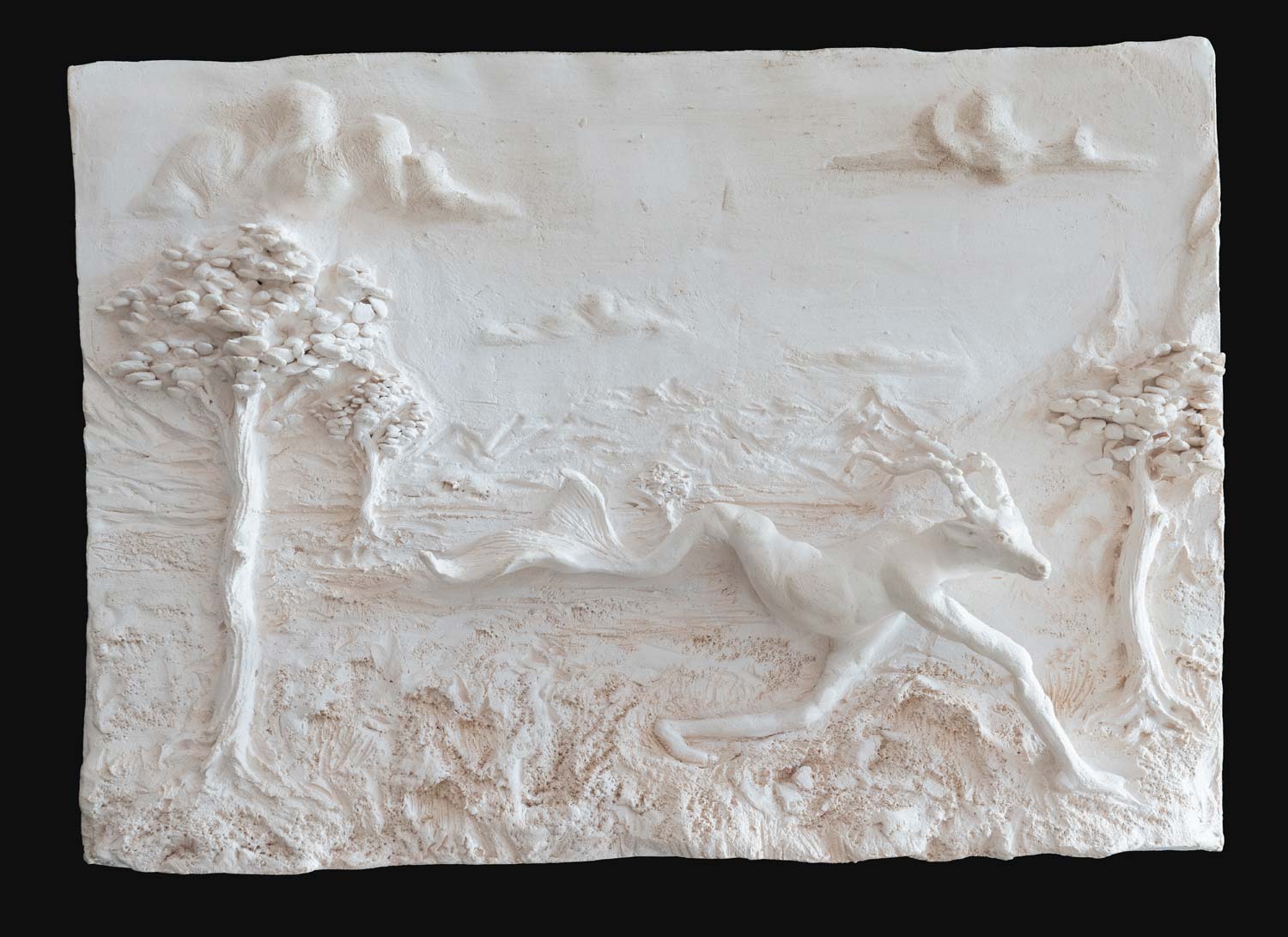
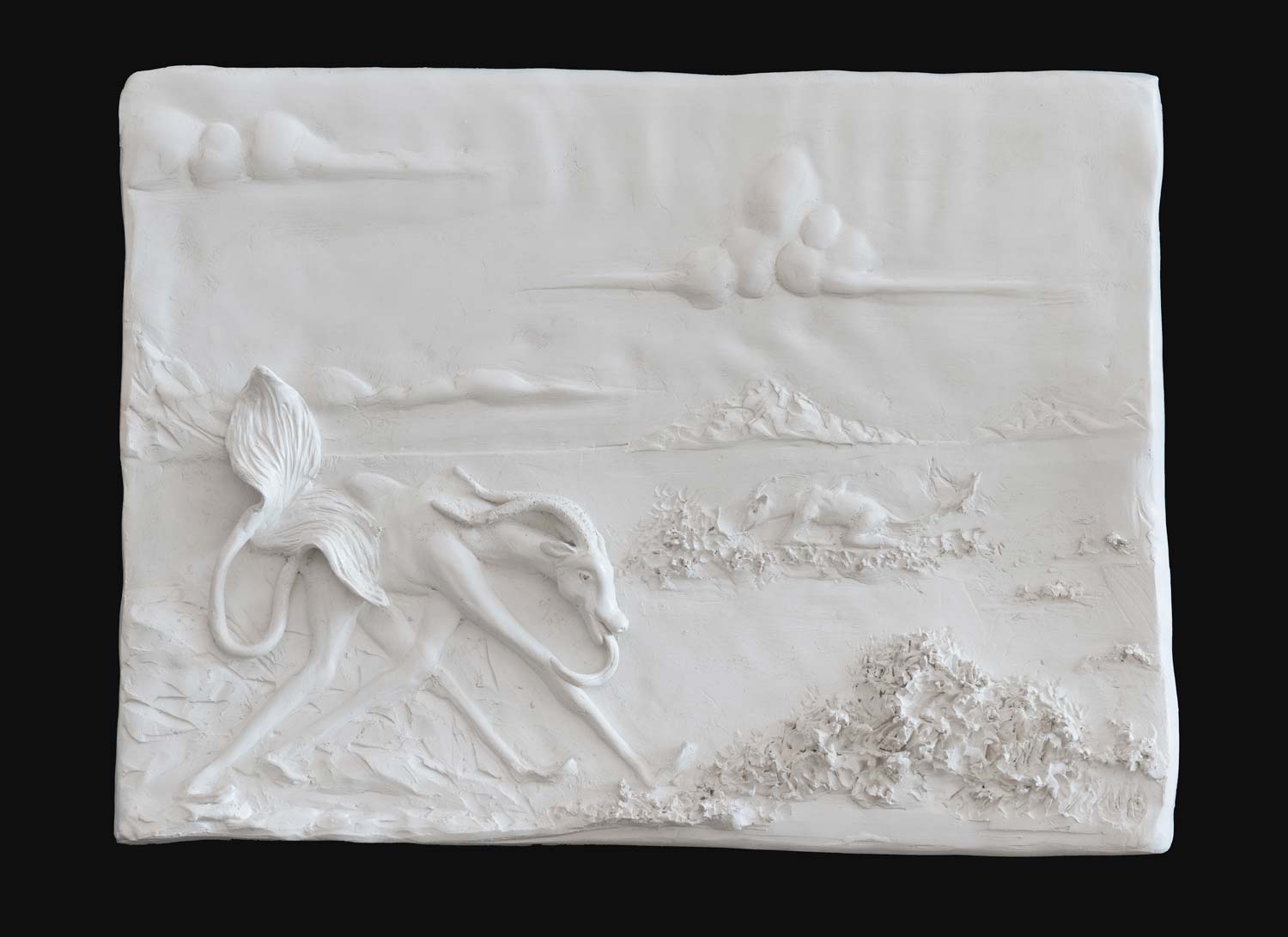
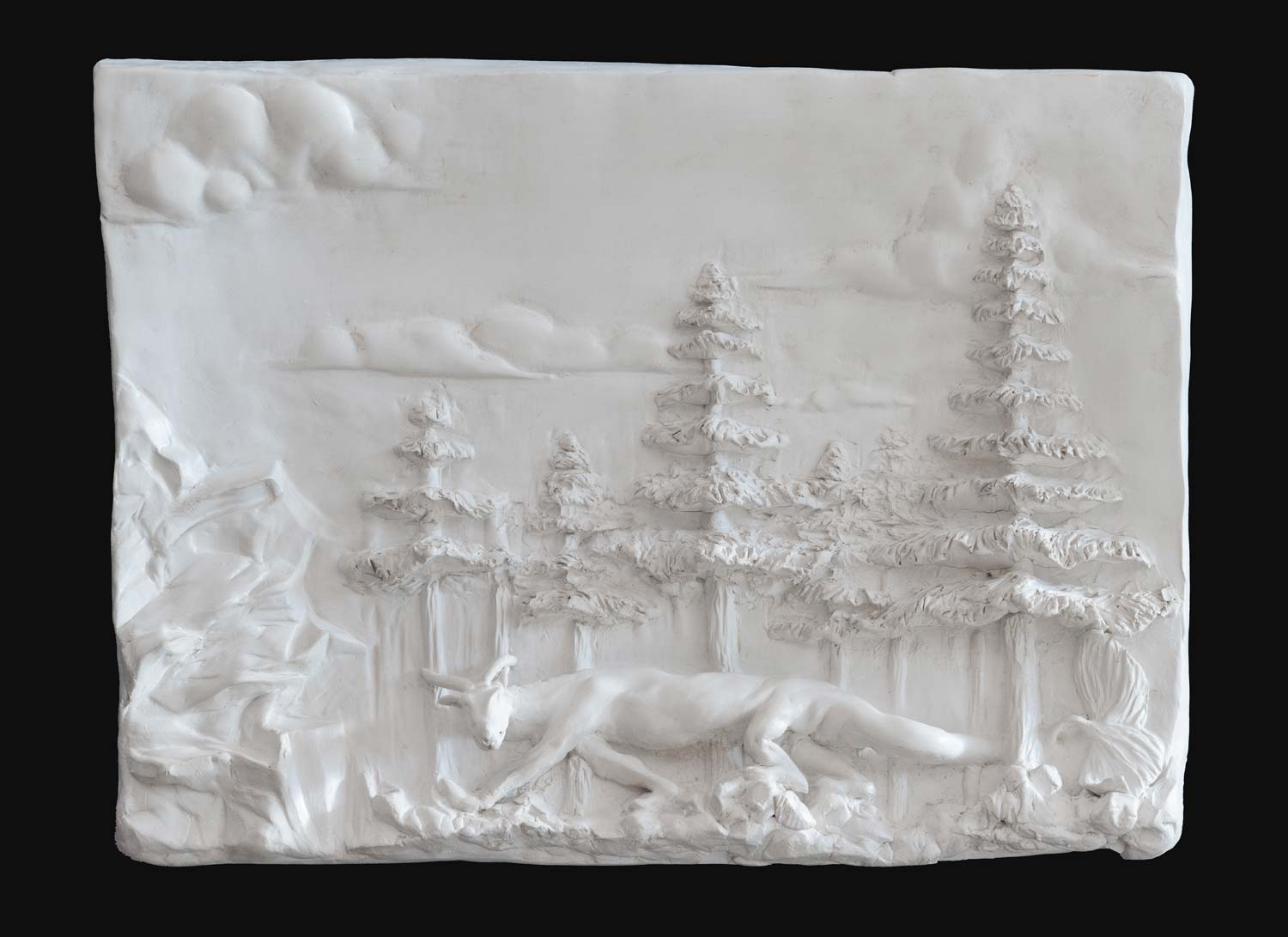 Dario Ghibaudo,
Dario Ghibaudo,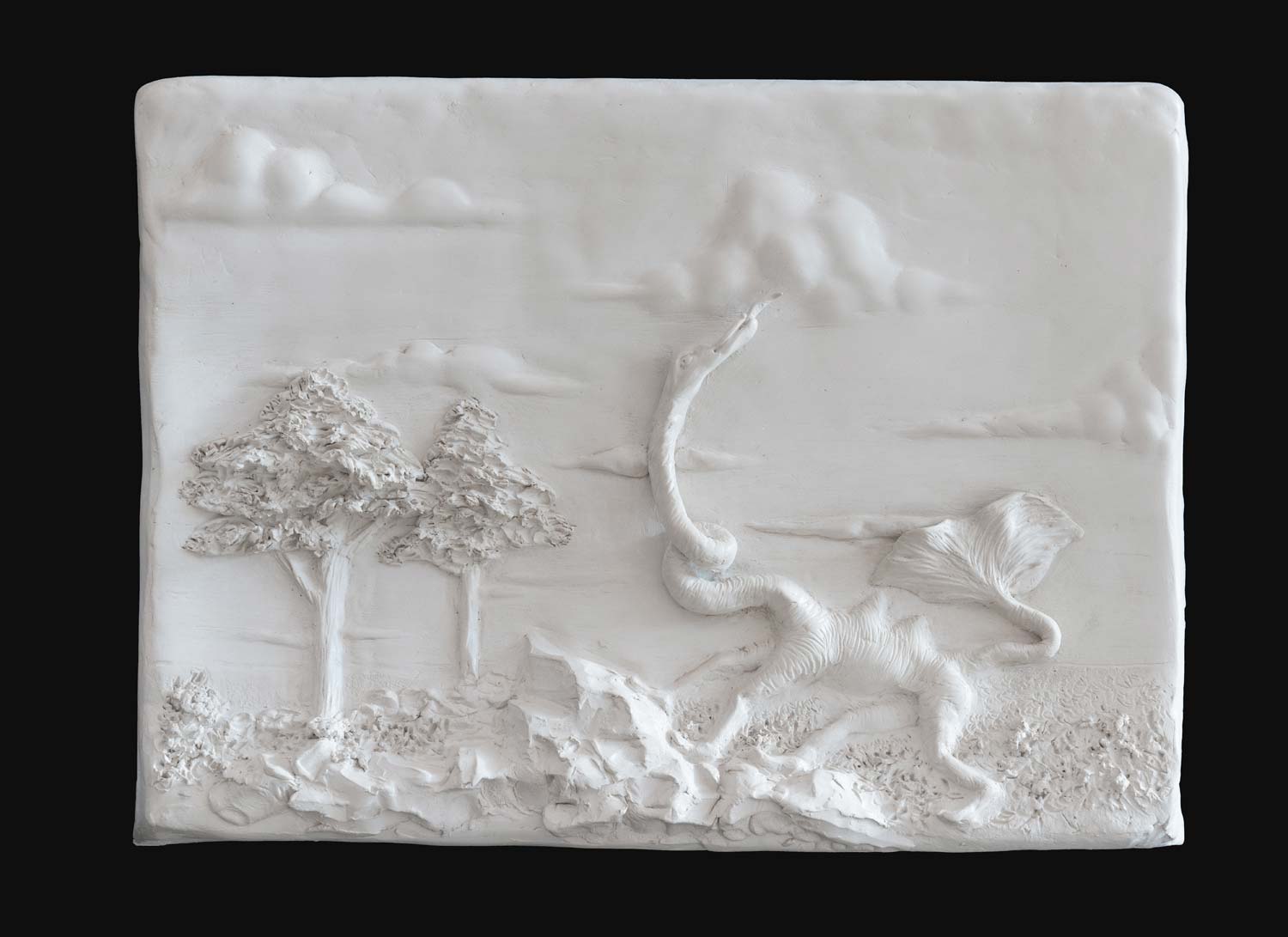 Dario Ghibaudo,
Dario Ghibaudo,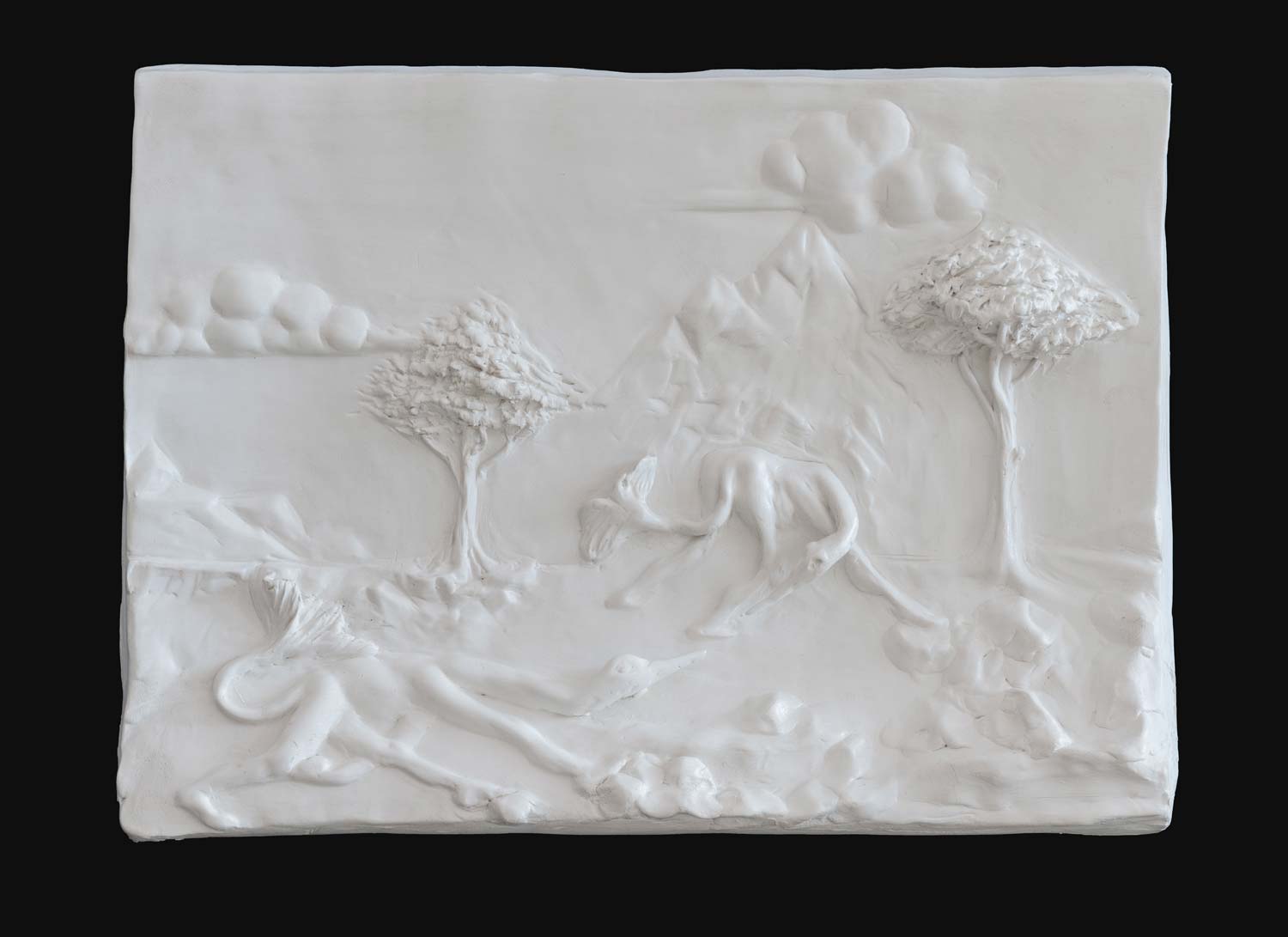 Dario Ghibaudo,
Dario Ghibaudo,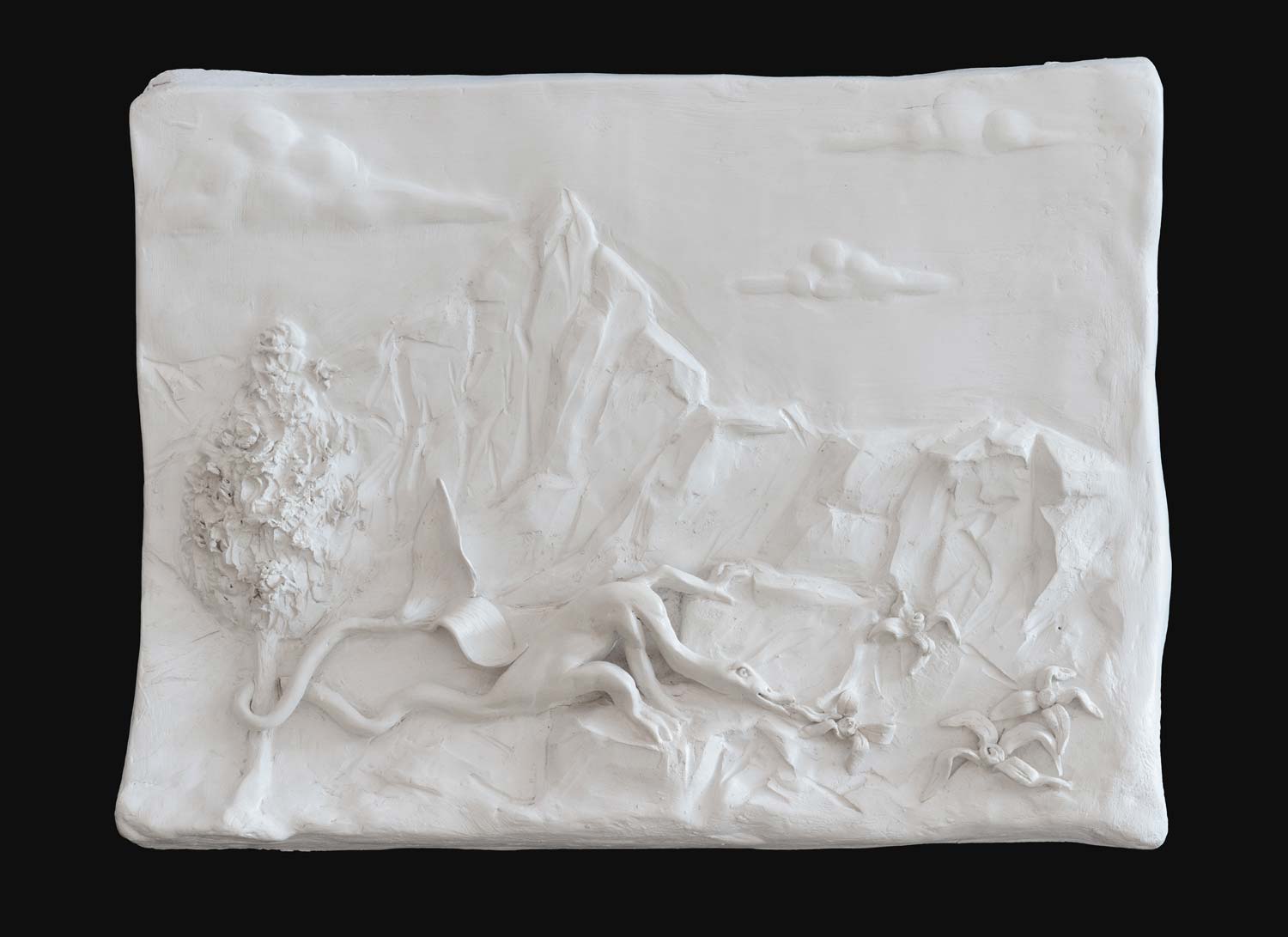 Dario Ghibaudo,
Dario Ghibaudo,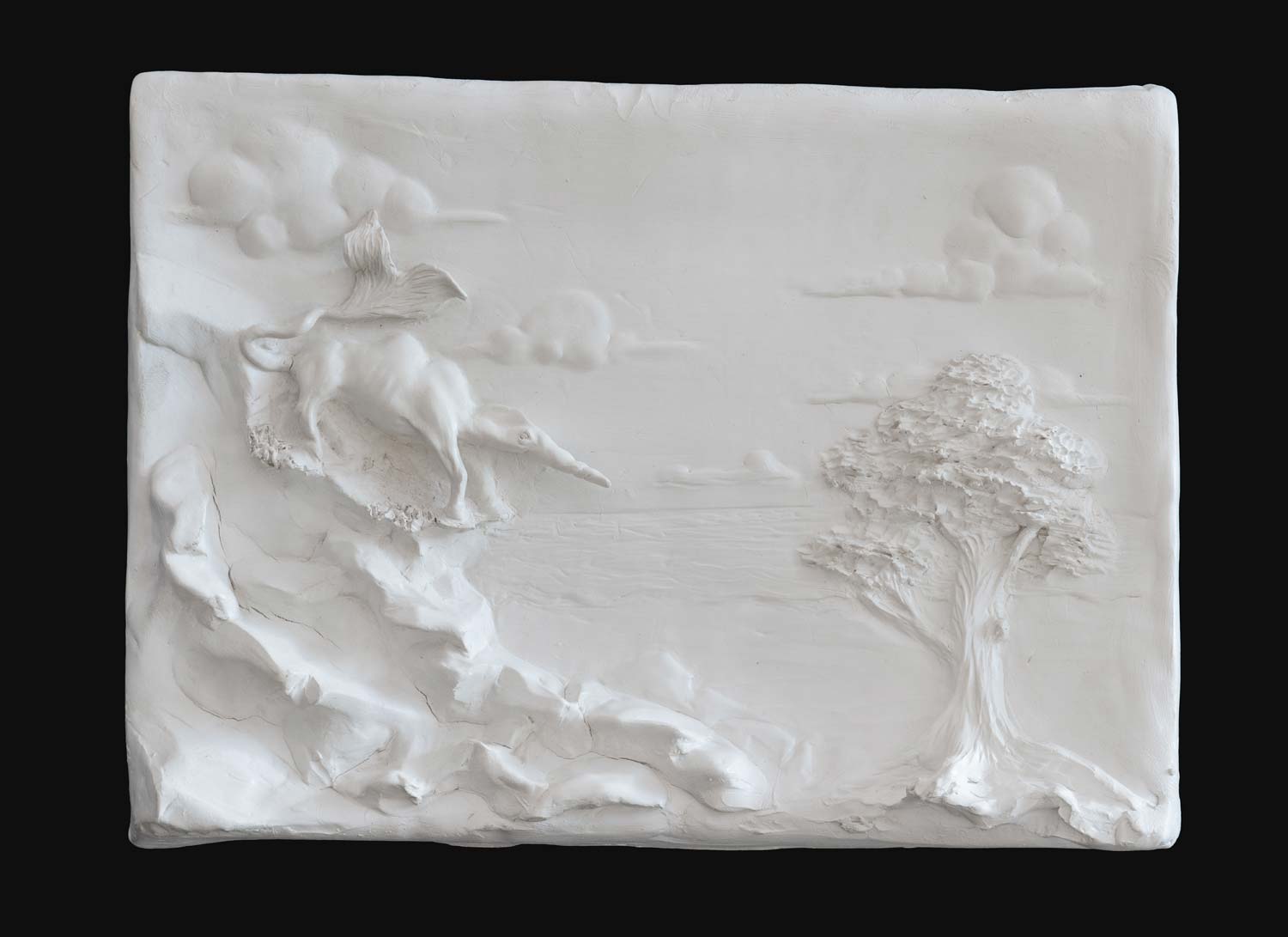 Dario Ghibaudo,
Dario Ghibaudo,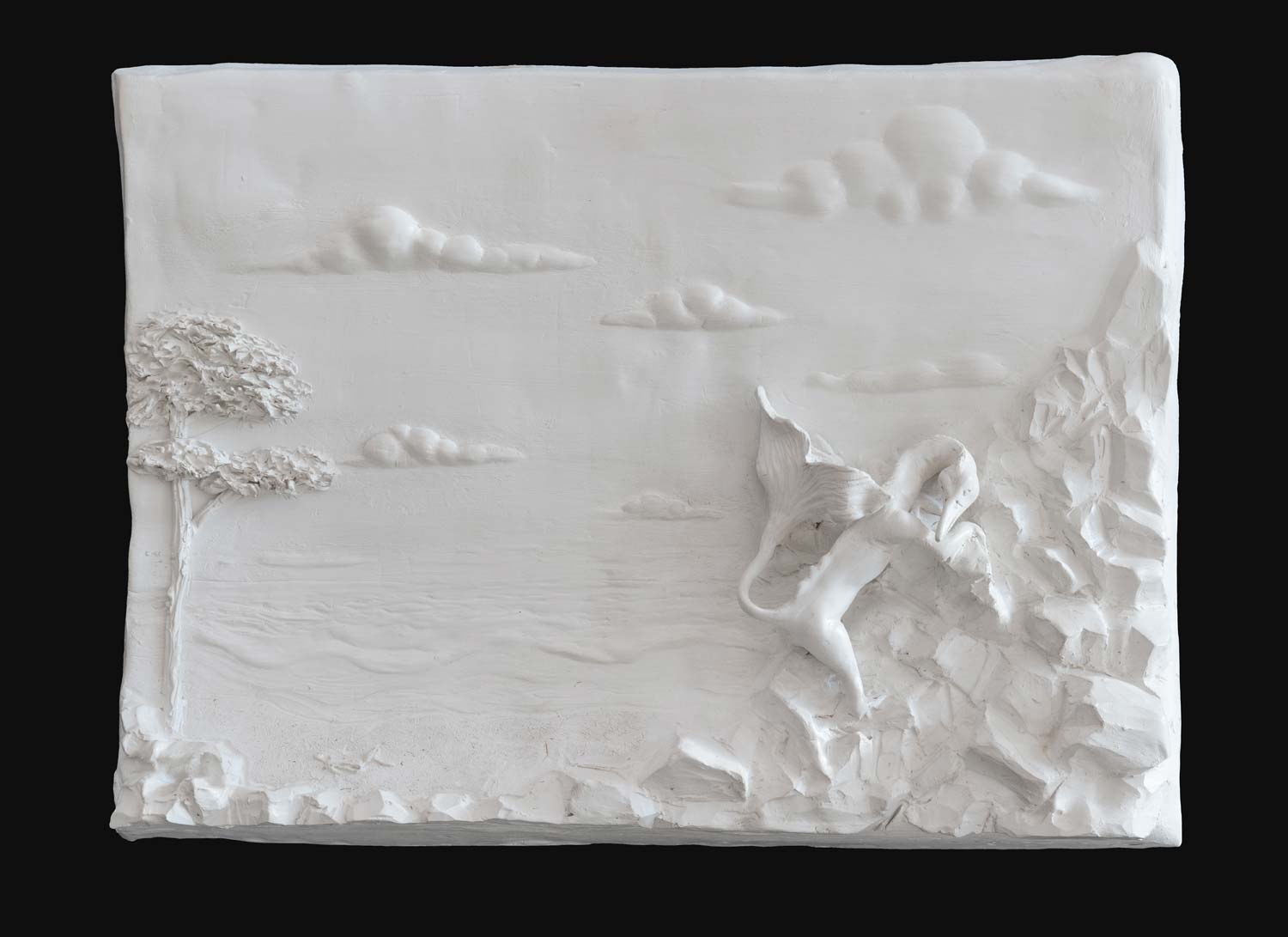 Dario Ghibaudo,
Dario Ghibaudo,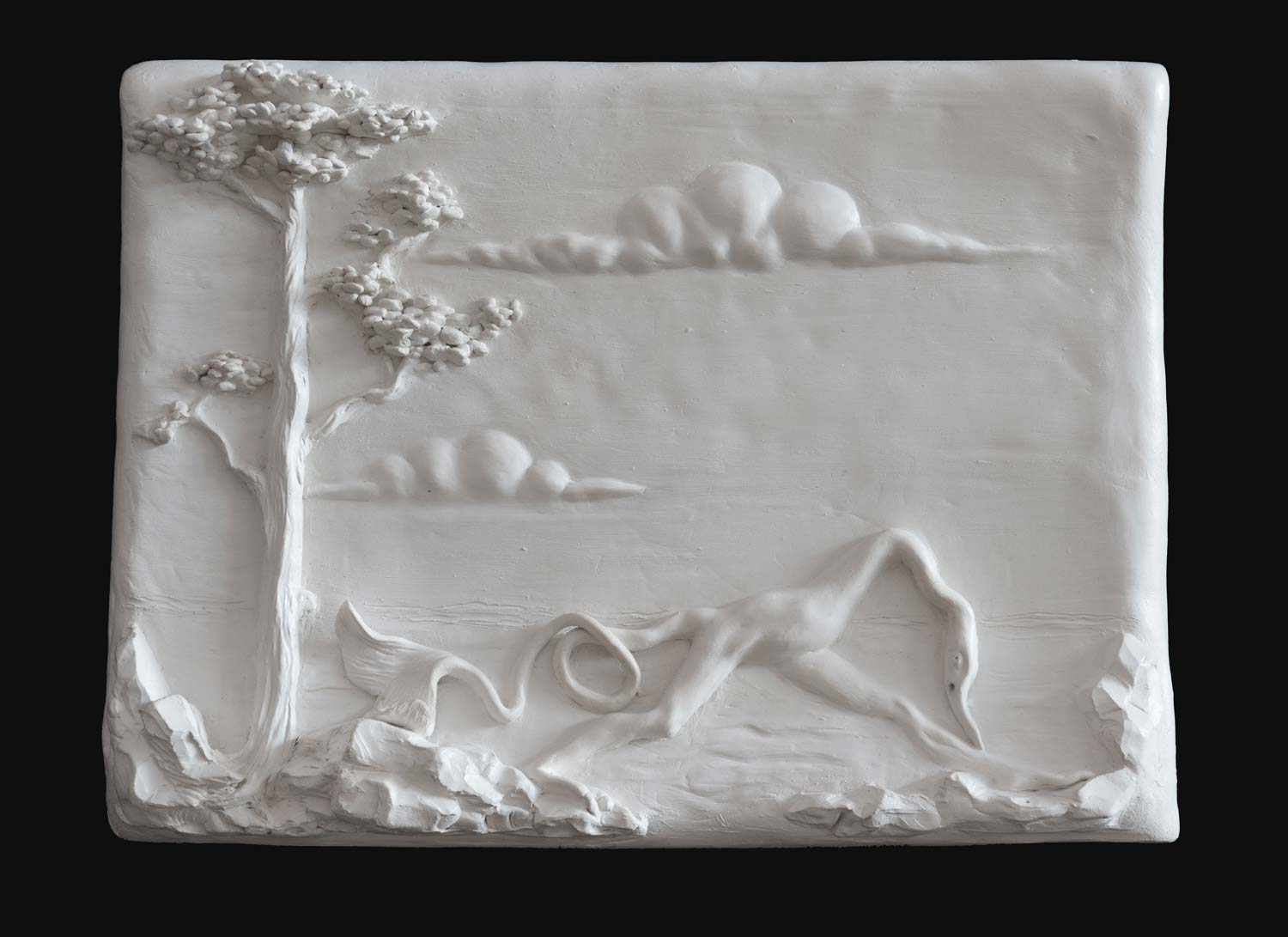 Dario Ghibaudo,
Dario Ghibaudo,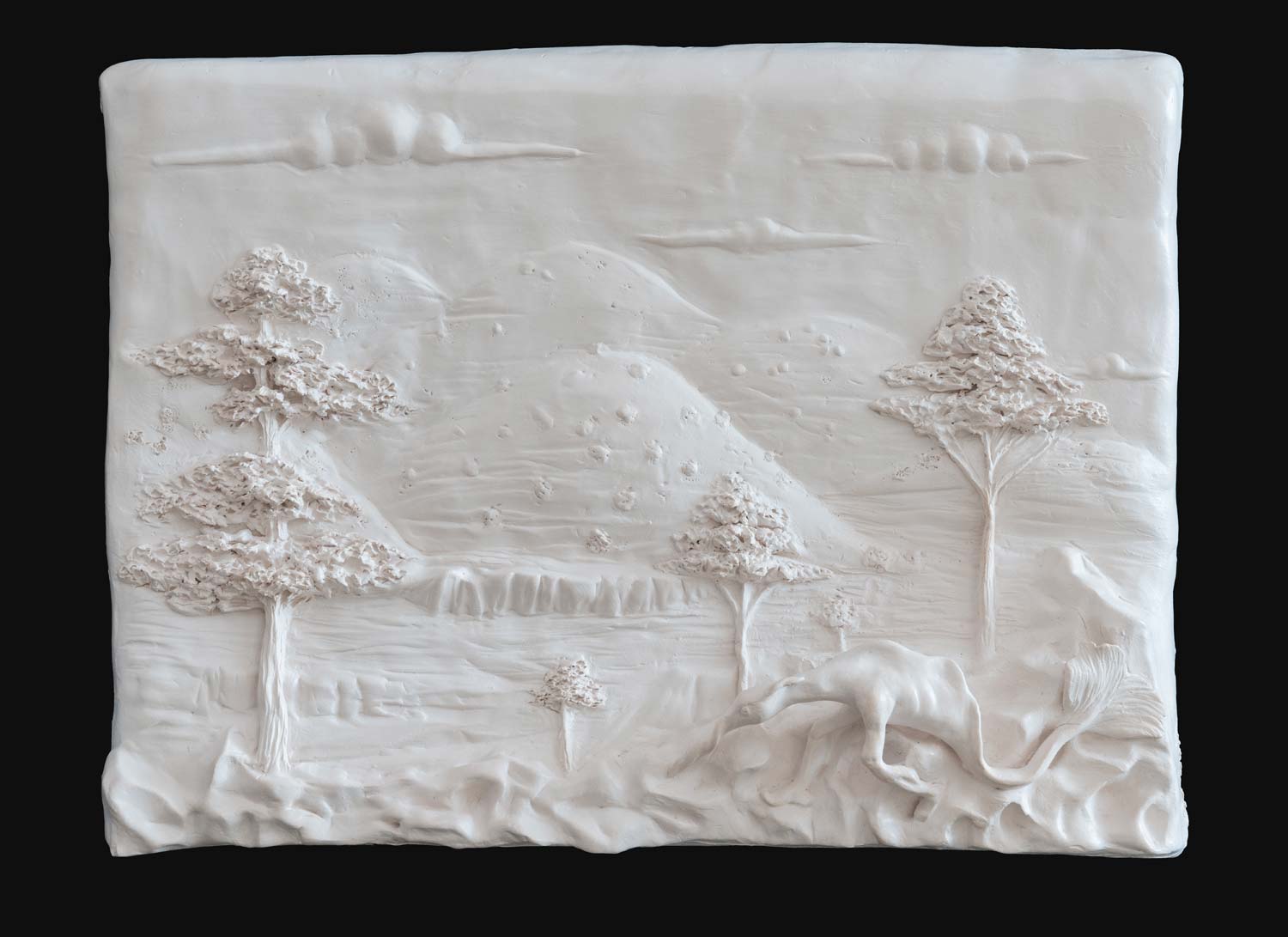 Dario Ghibaudo,
Dario Ghibaudo,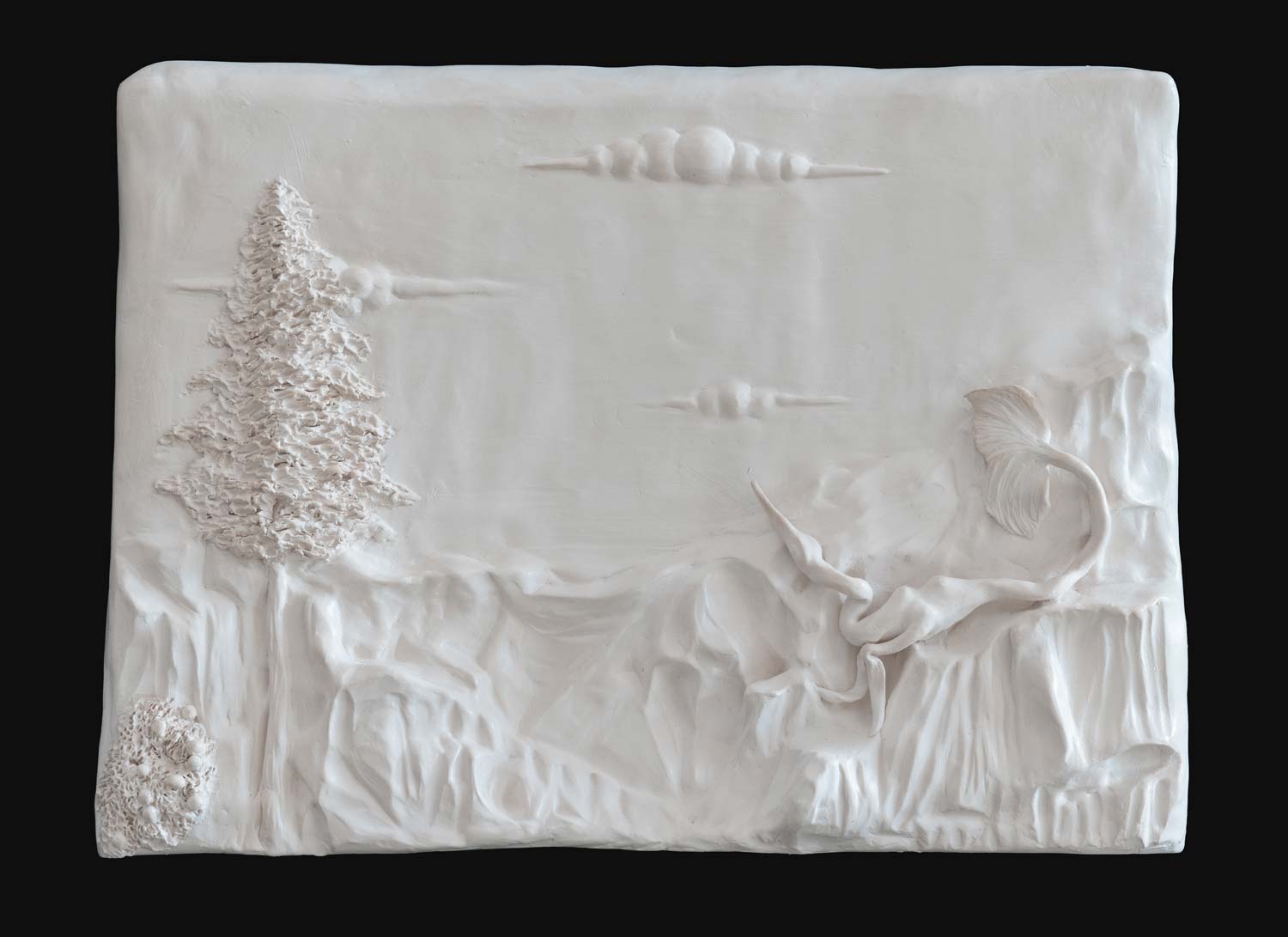 Dario Ghibaudo,
Dario Ghibaudo,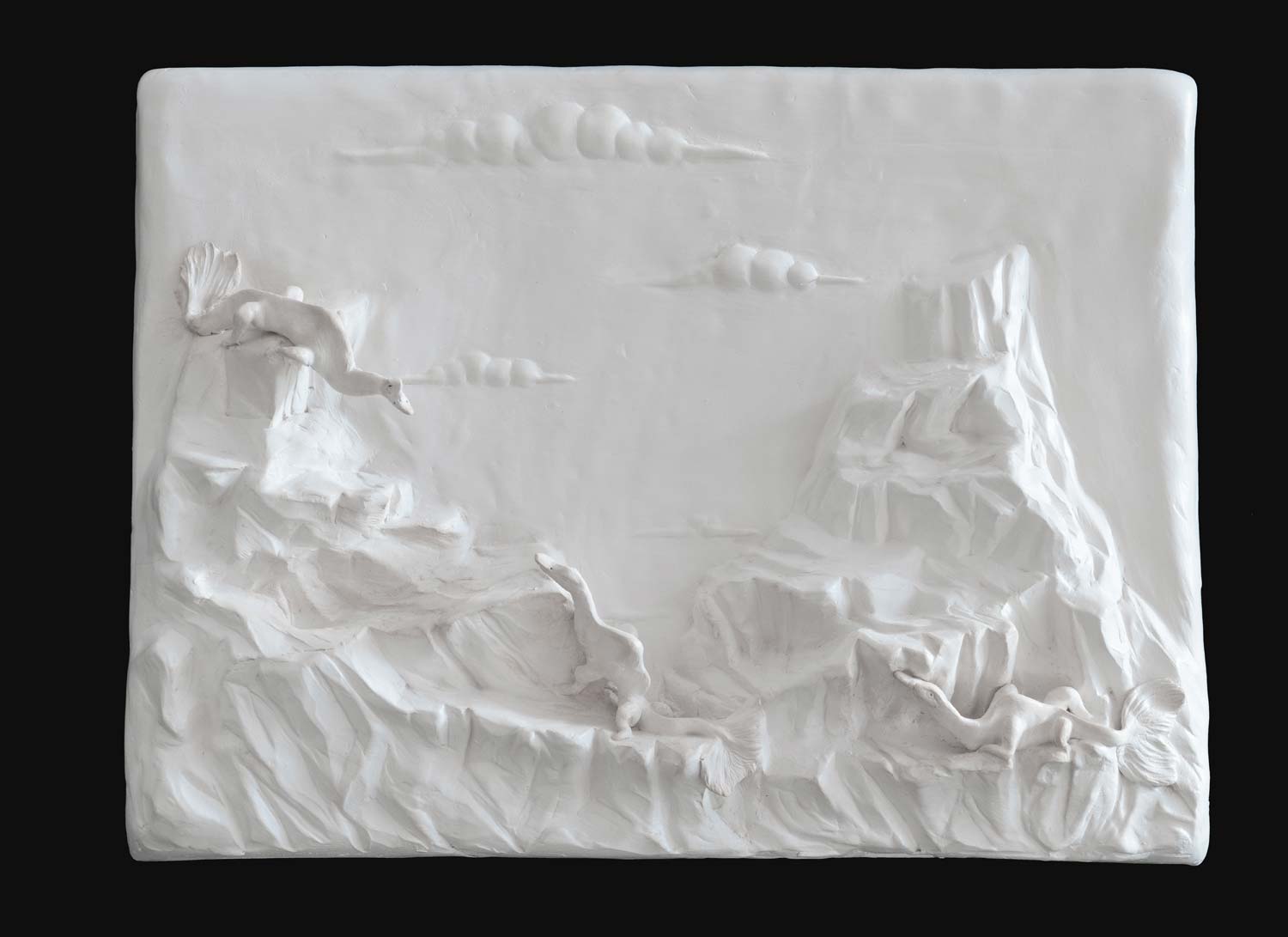 Dario Ghibaudo,
Dario Ghibaudo,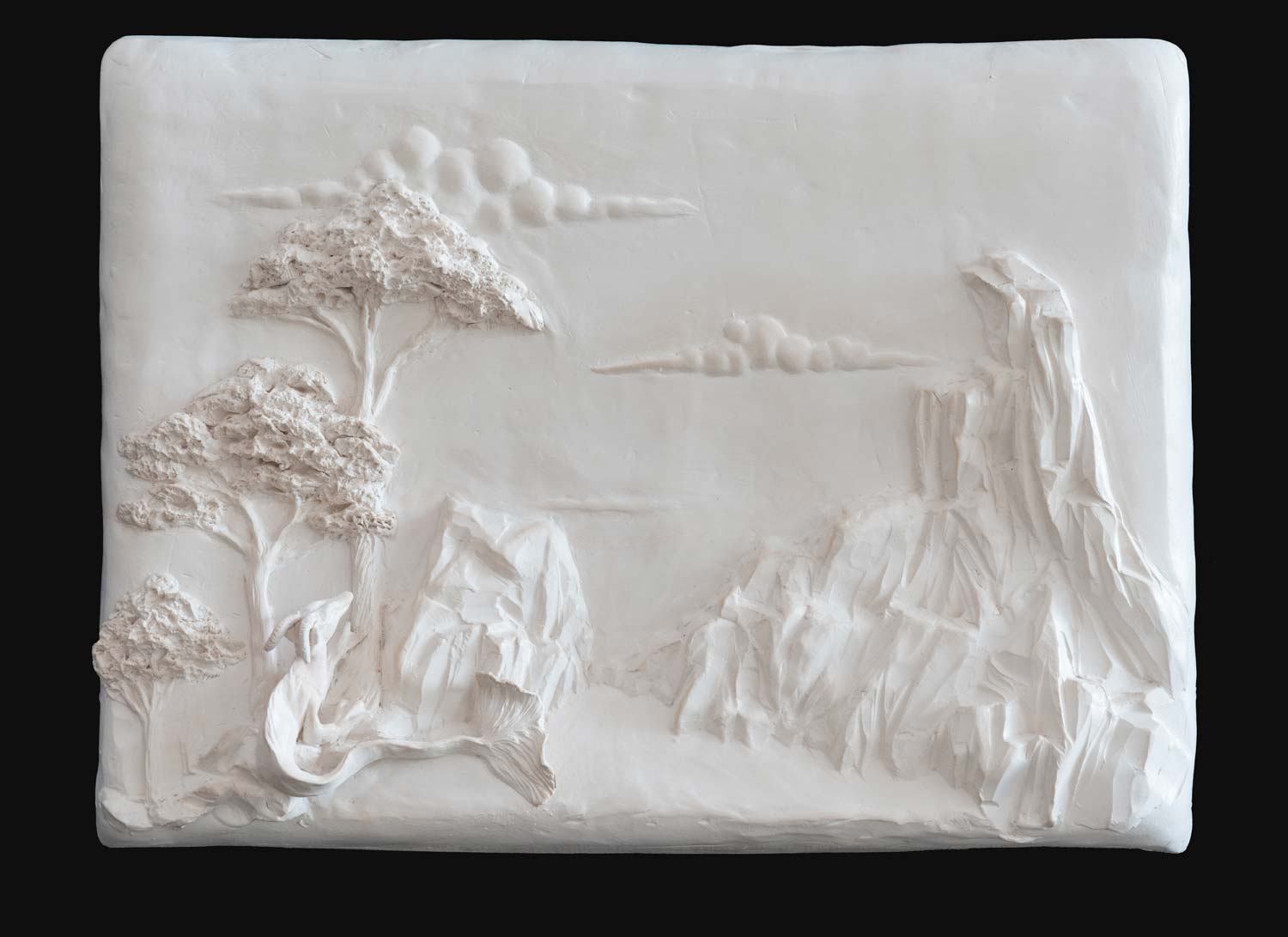 Dario Ghibaudo,
Dario Ghibaudo,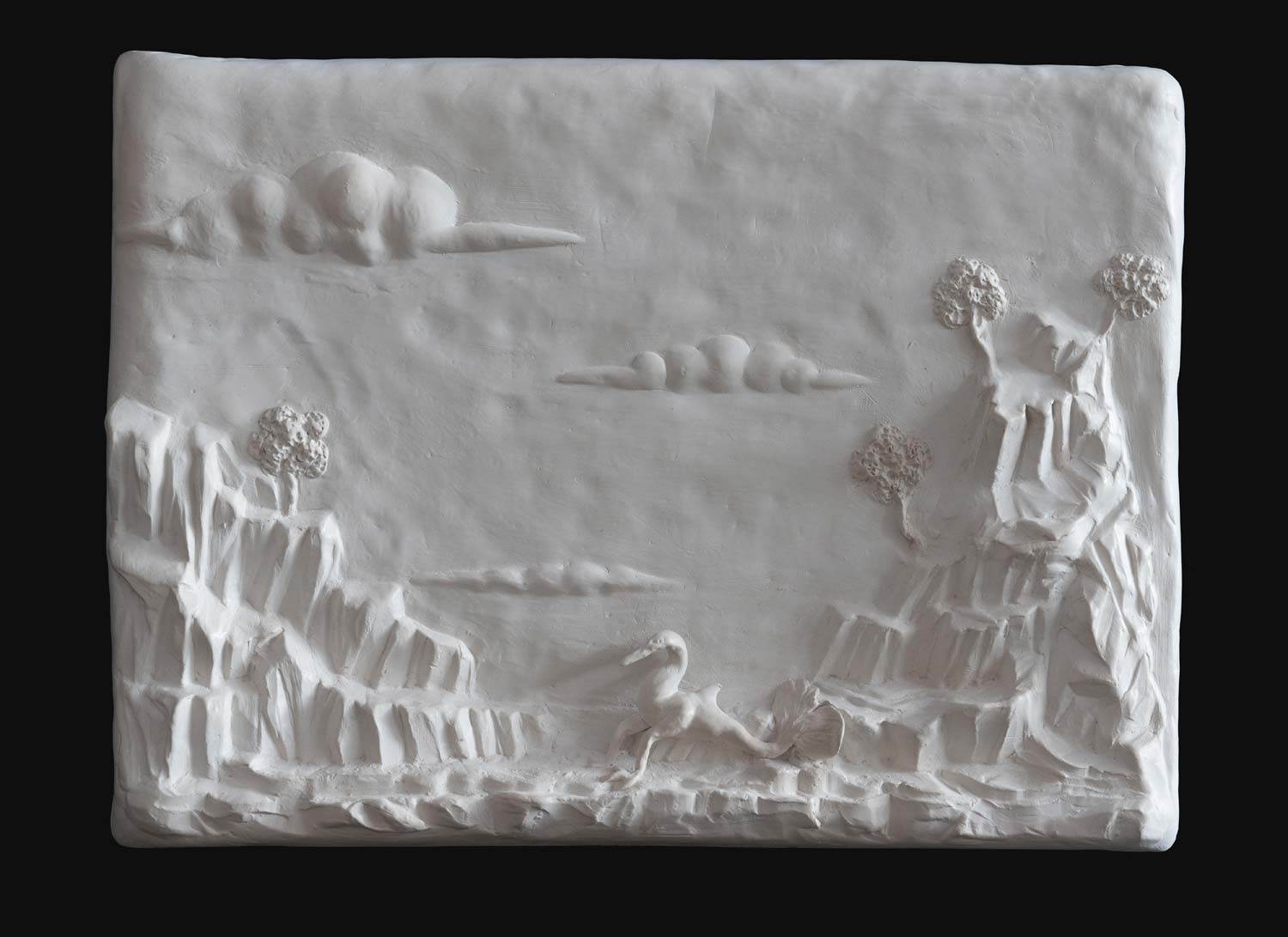 Dario Ghibaudo,
Dario Ghibaudo,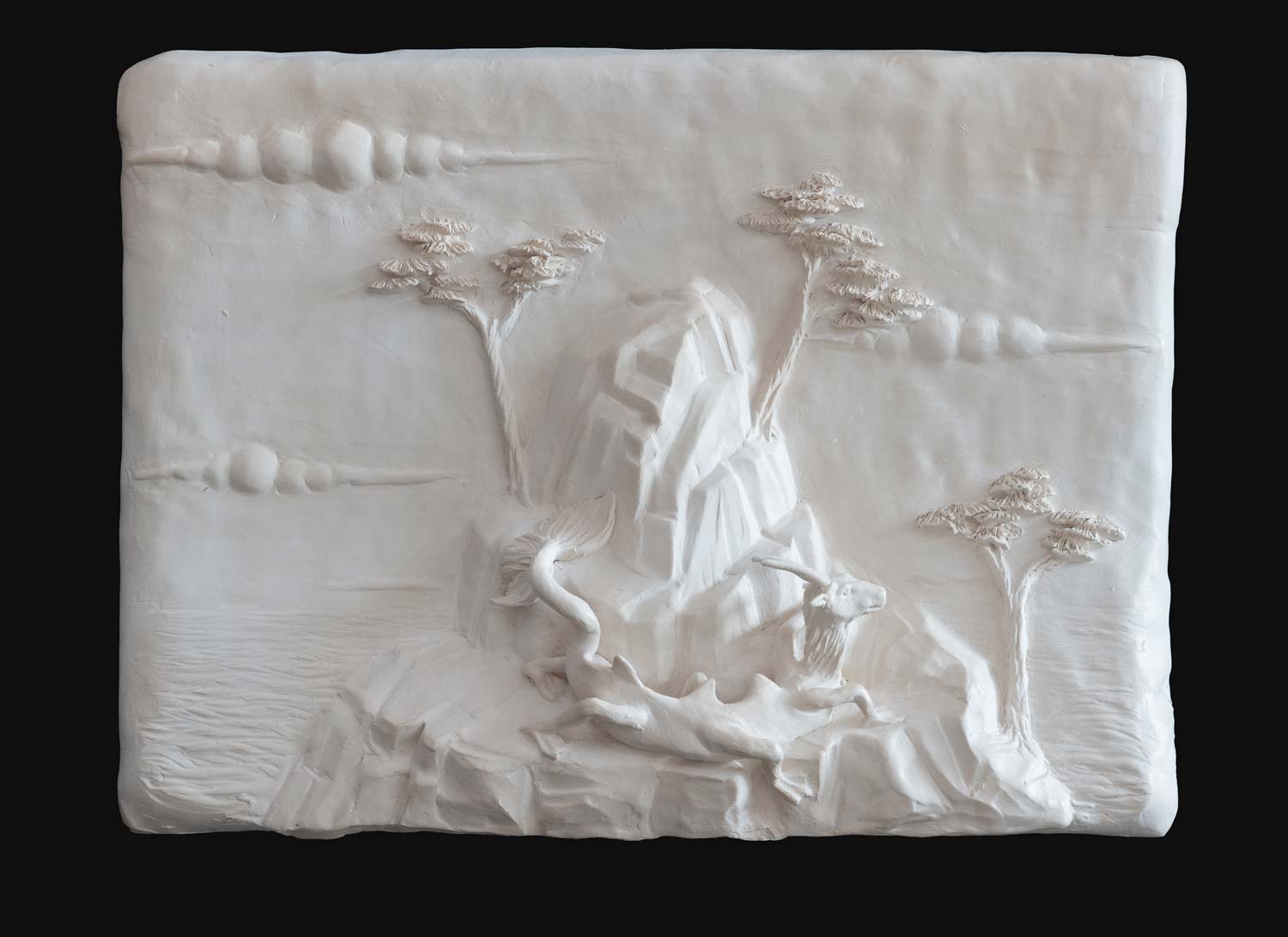 Dario Ghibaudo,
Dario Ghibaudo,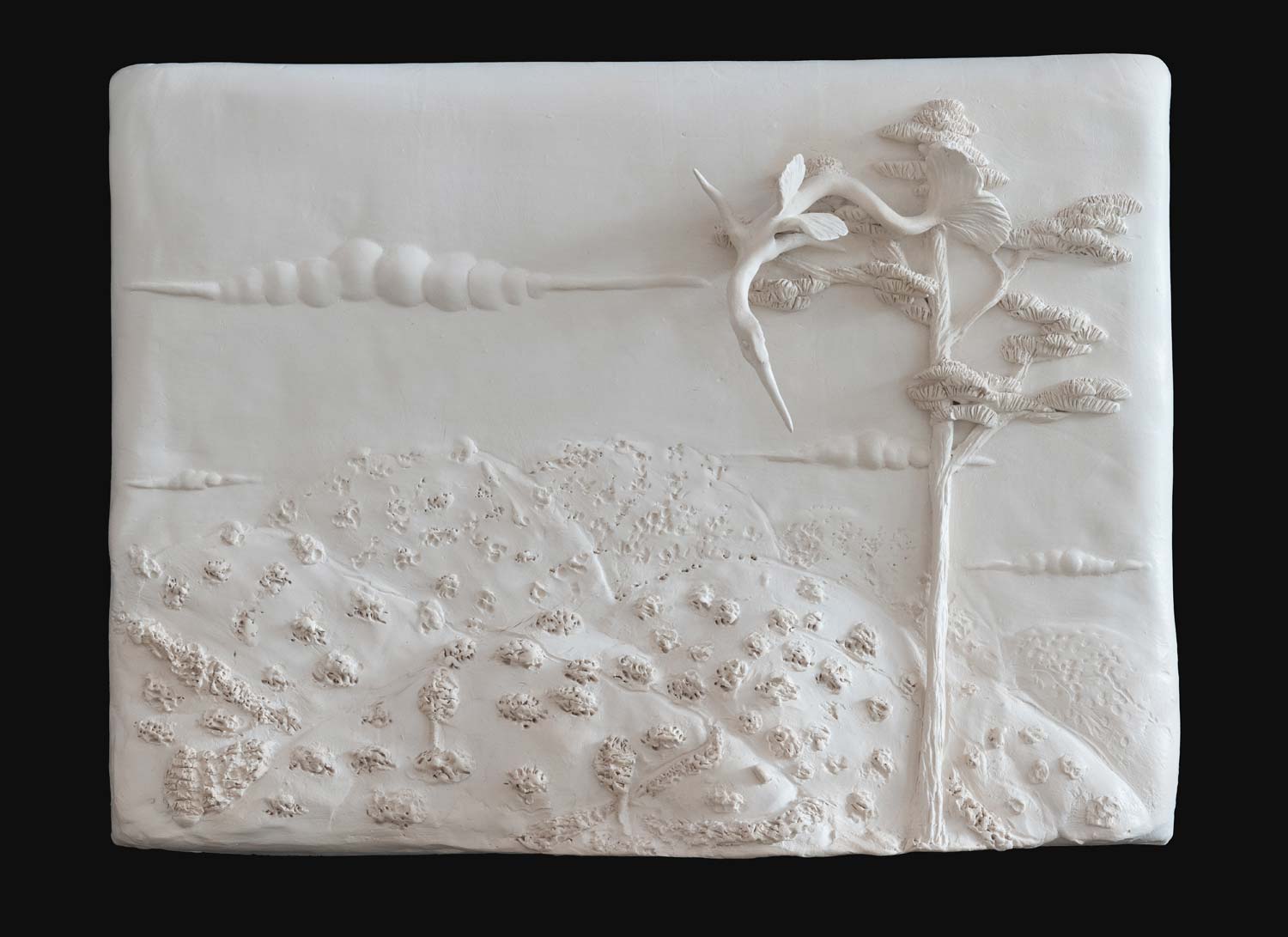 Dario Ghibaudo,
Dario Ghibaudo,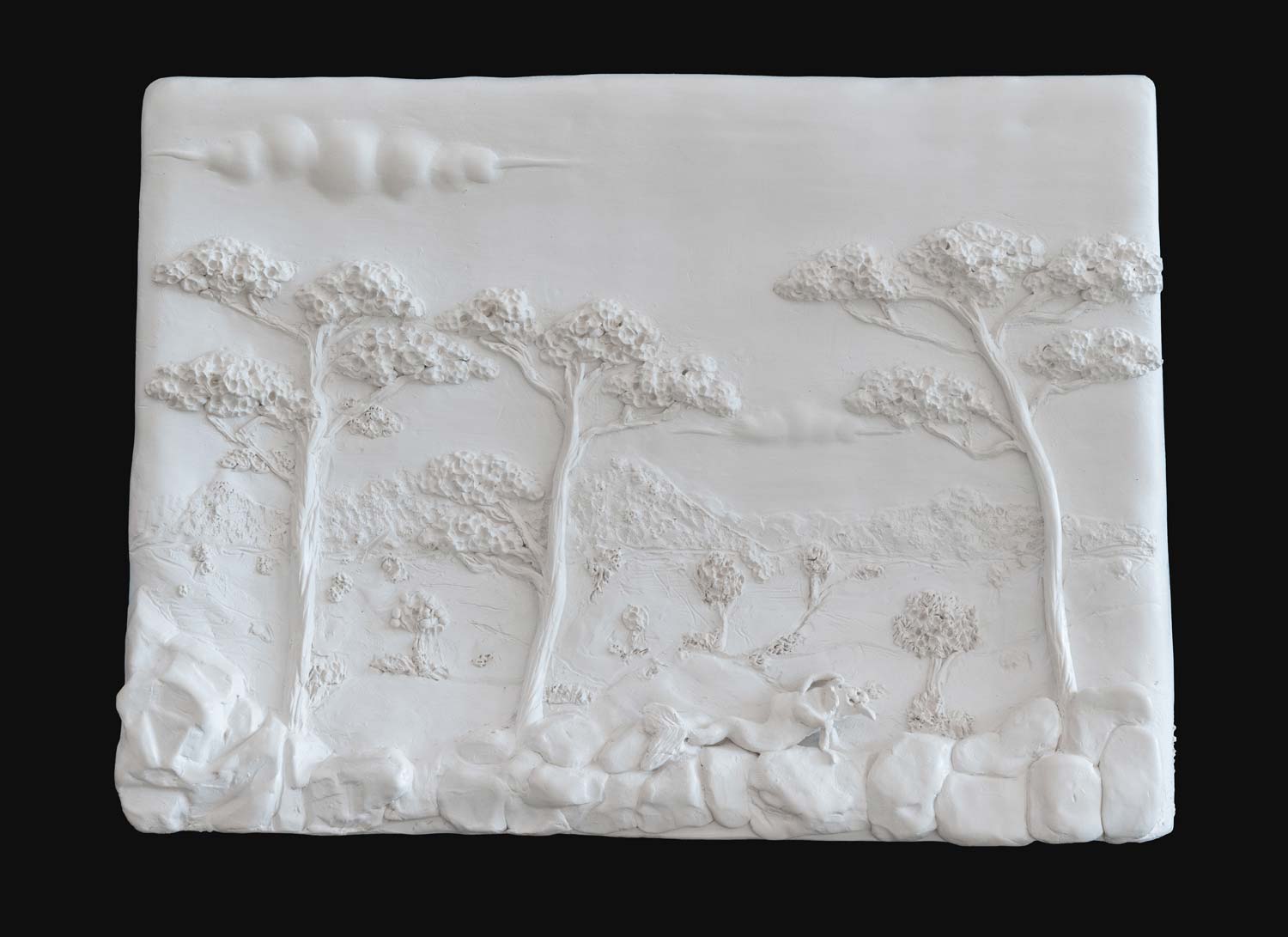 Dario Ghibaudo,
Dario Ghibaudo,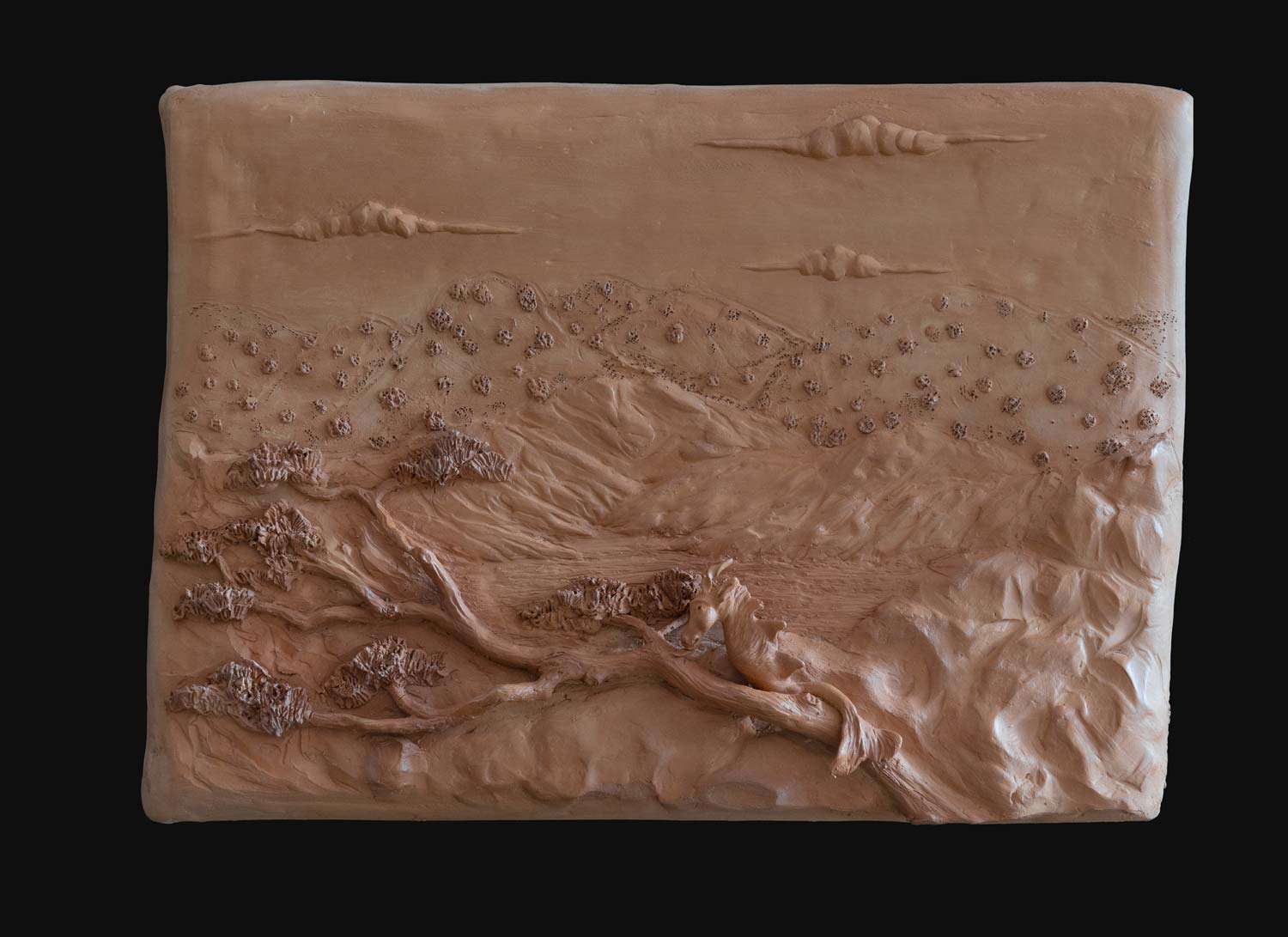 Dario Ghibaudo,
Dario Ghibaudo,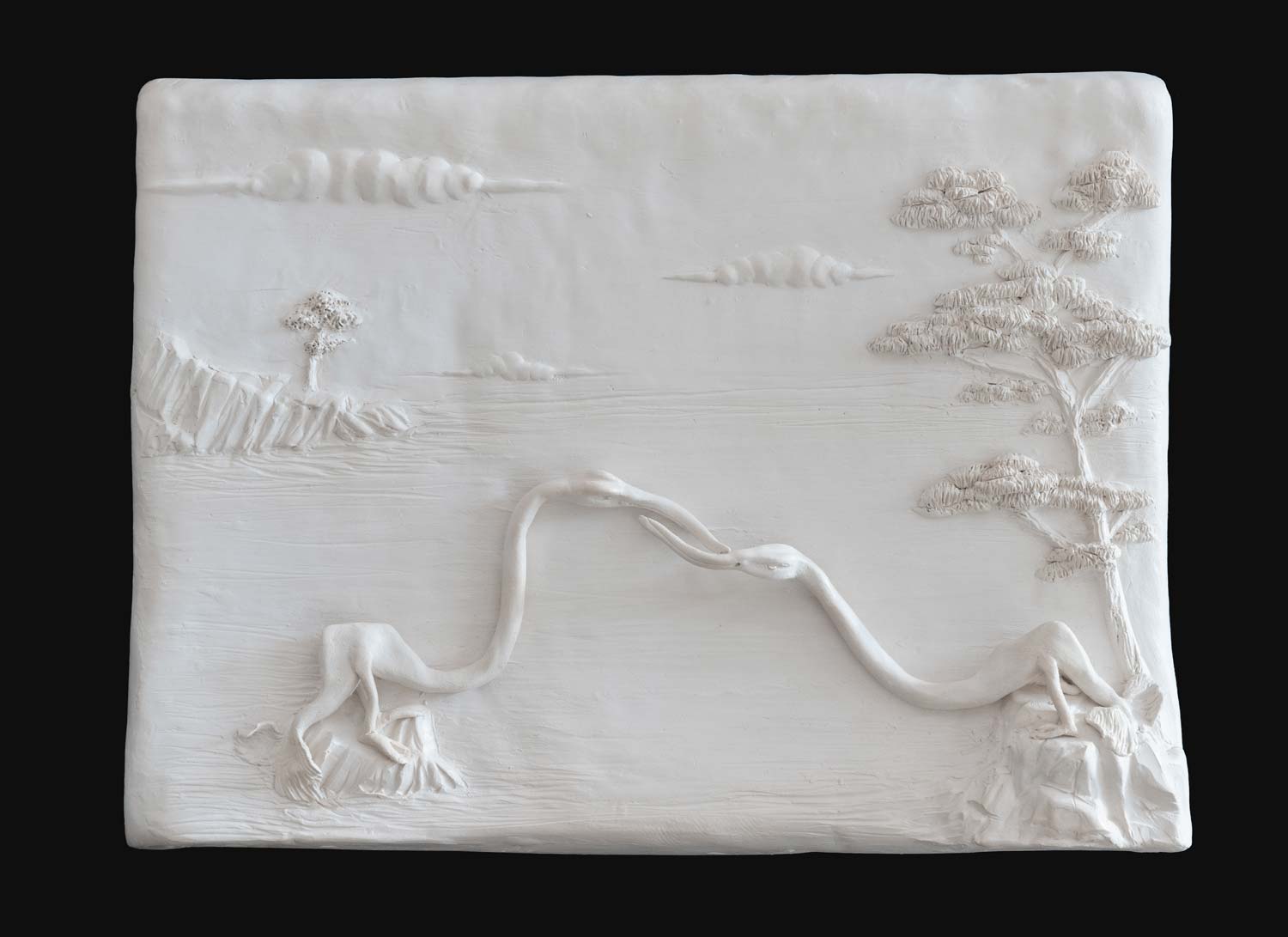 Dario Ghibaudo,
Dario Ghibaudo,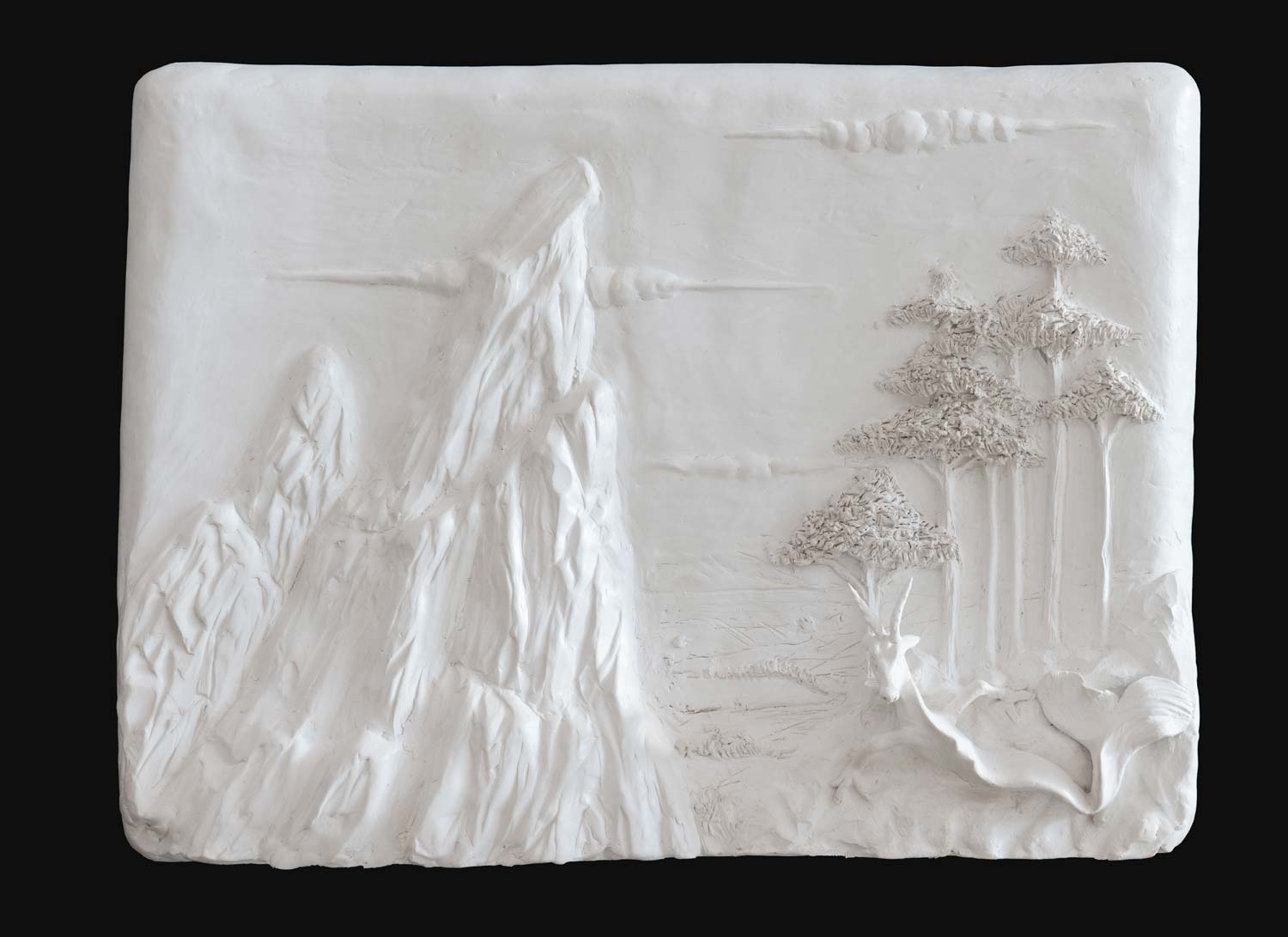 Dario Ghibaudo,
Dario Ghibaudo,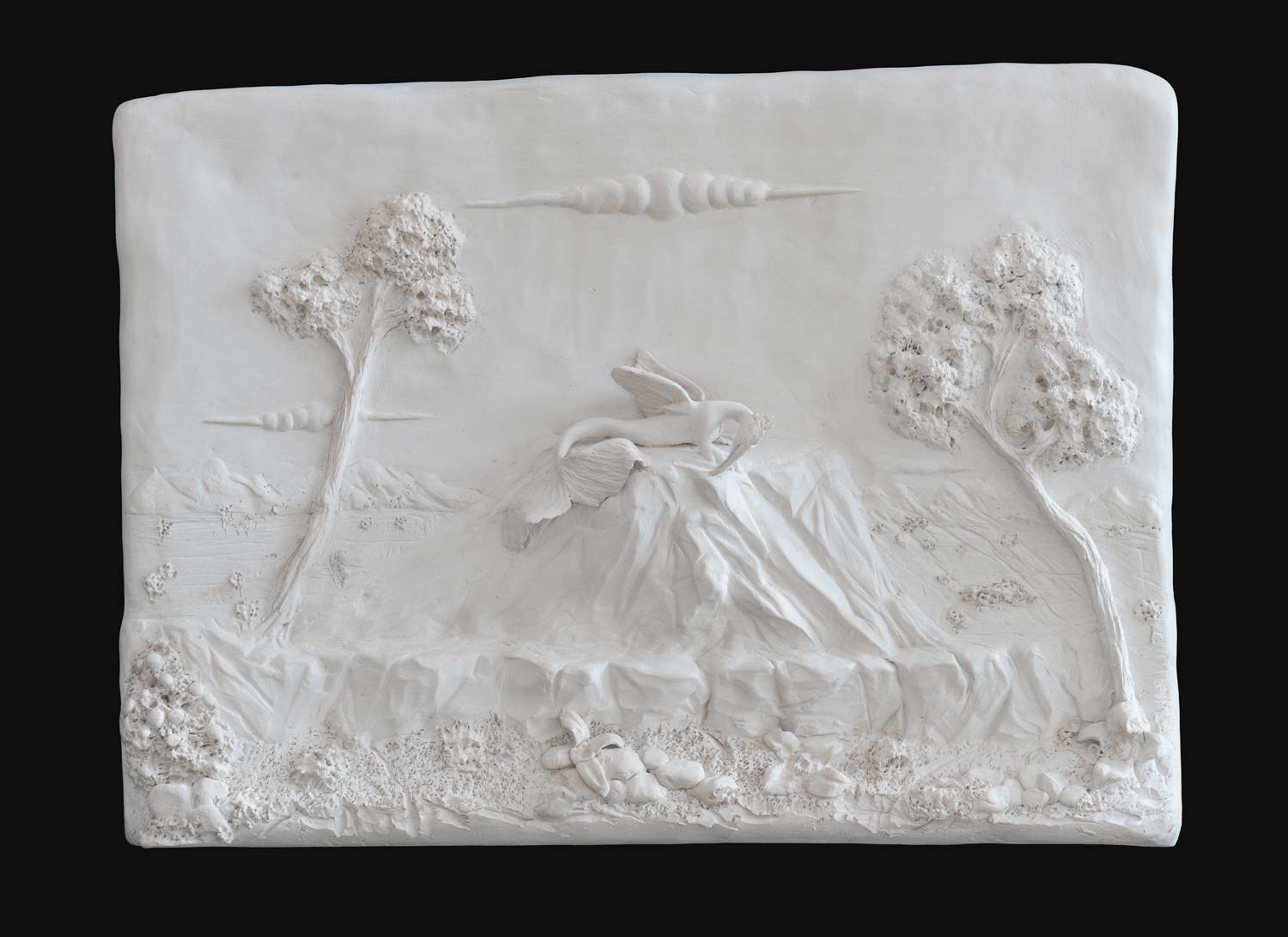 Dario Ghibaudo,
Dario Ghibaudo,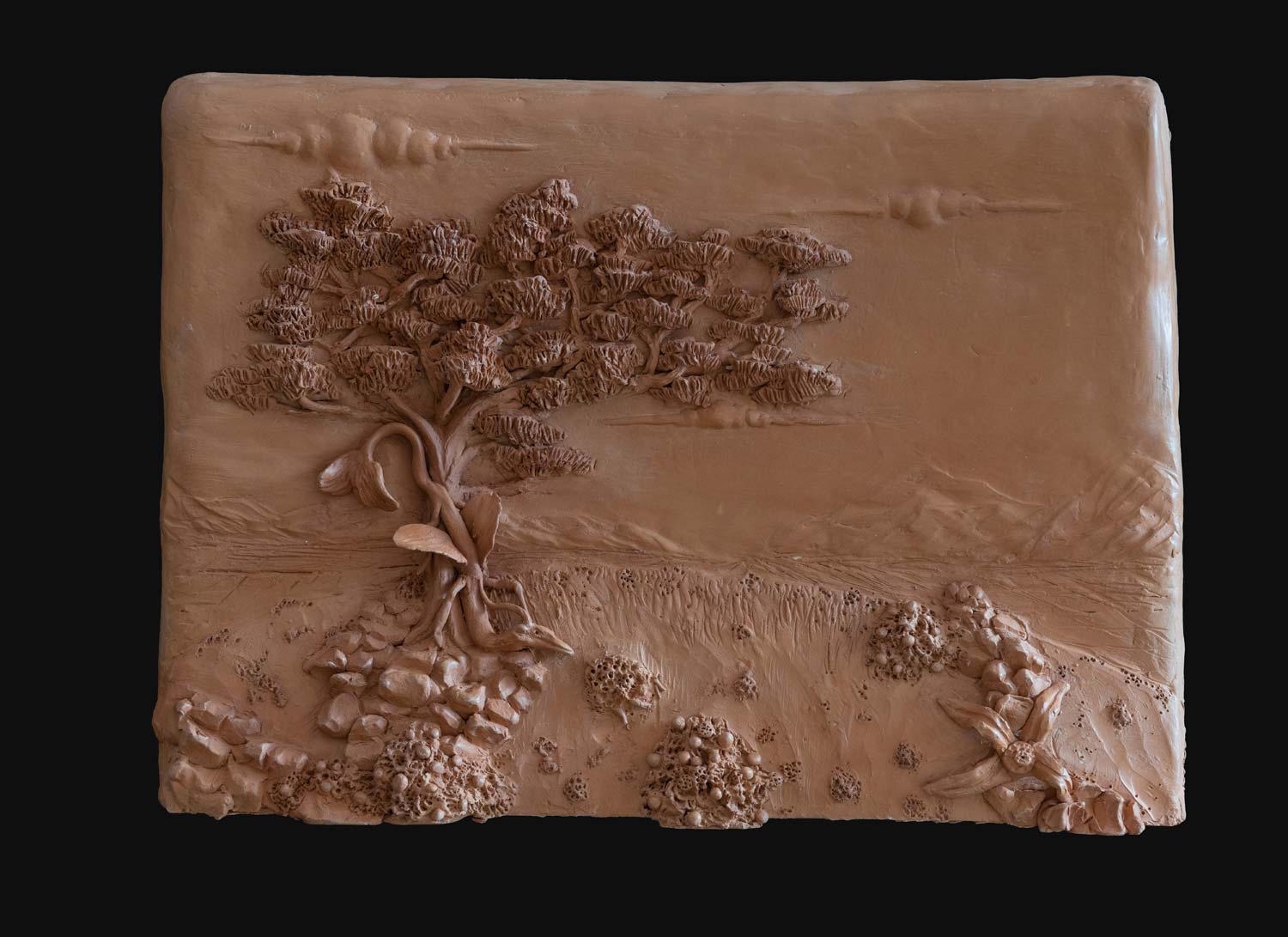 Dario Ghibaudo,
Dario Ghibaudo,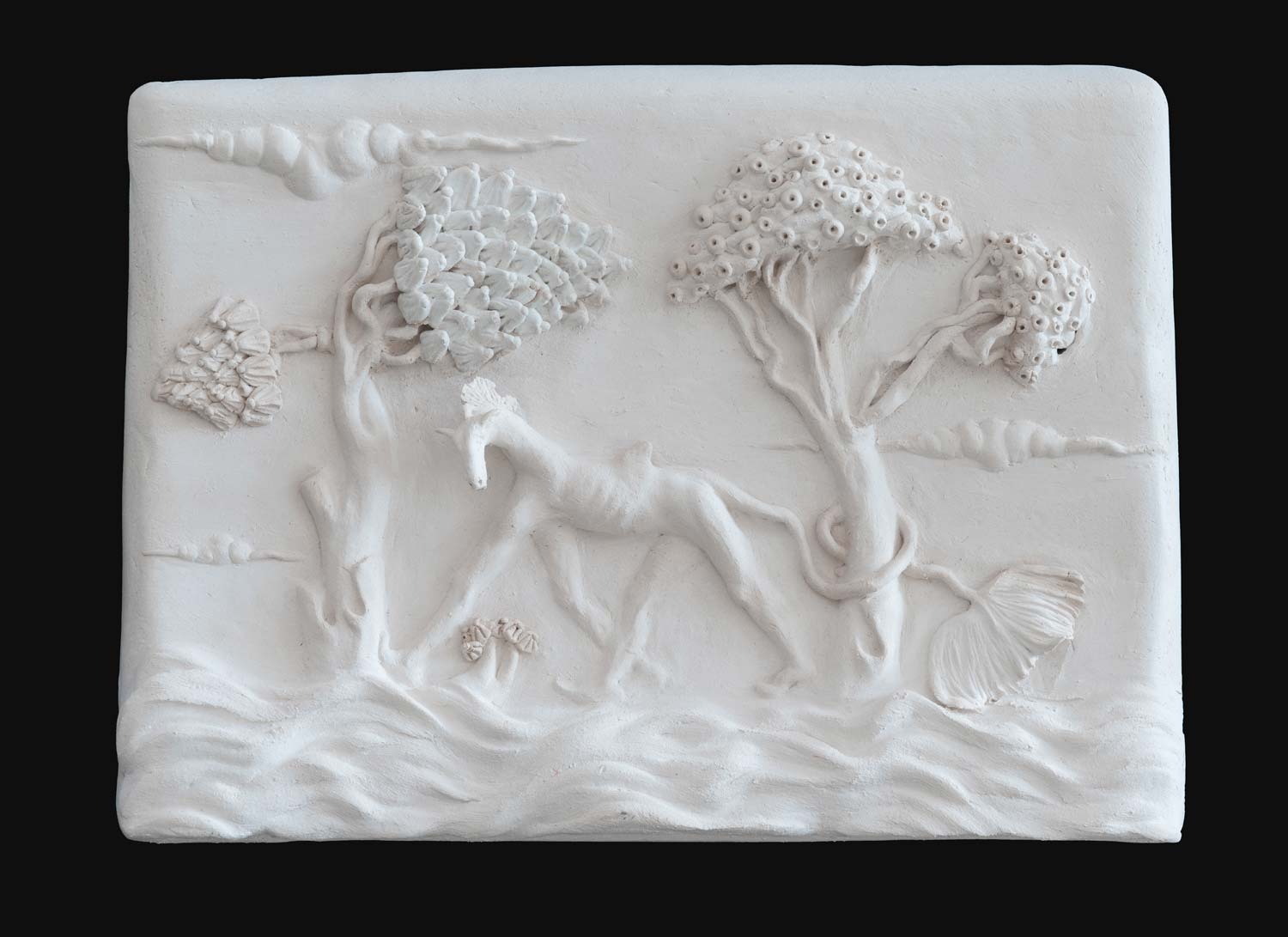 Dario Ghibaudo,
Dario Ghibaudo,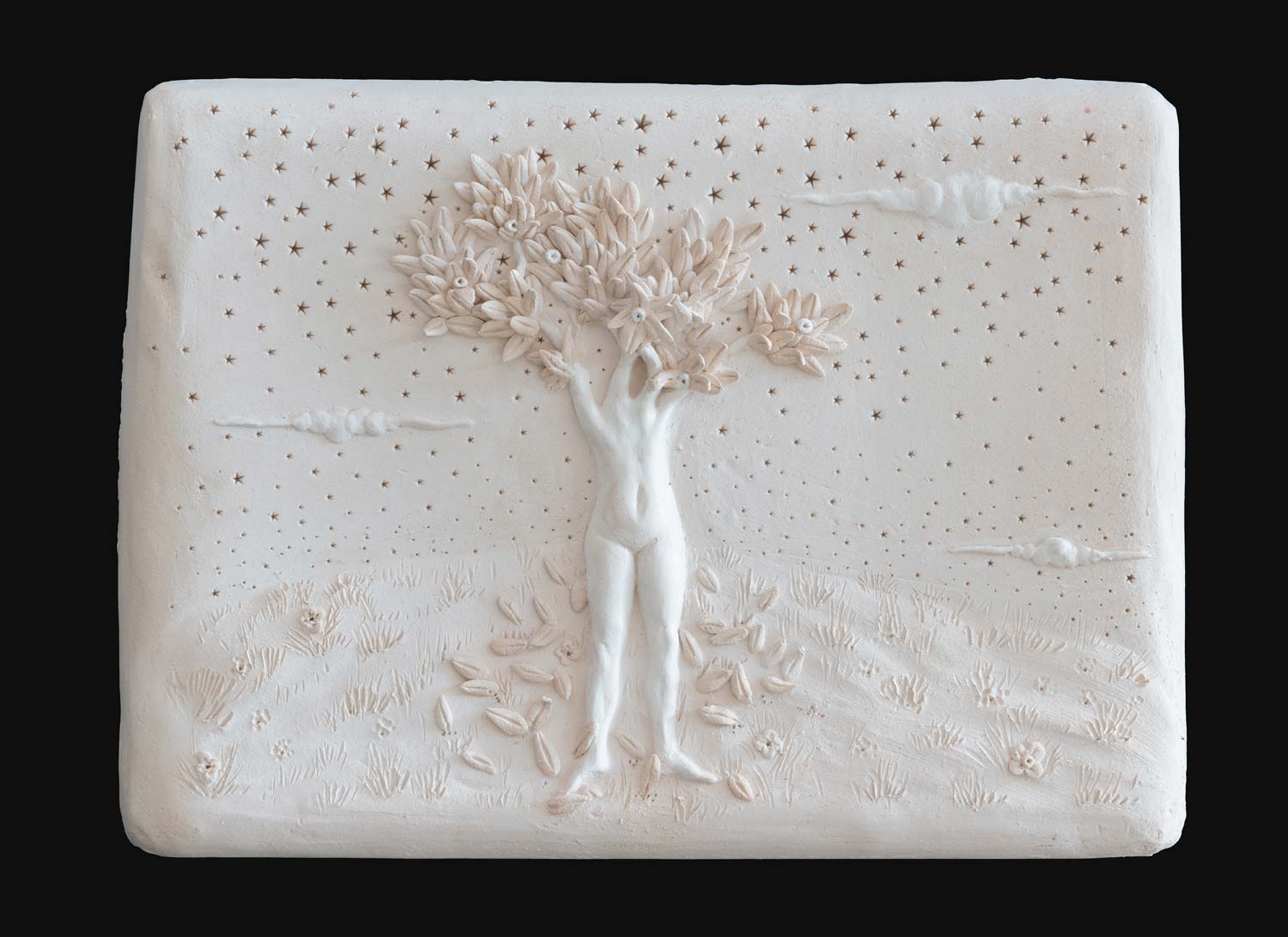 Dario Ghibaudo,
Dario Ghibaudo,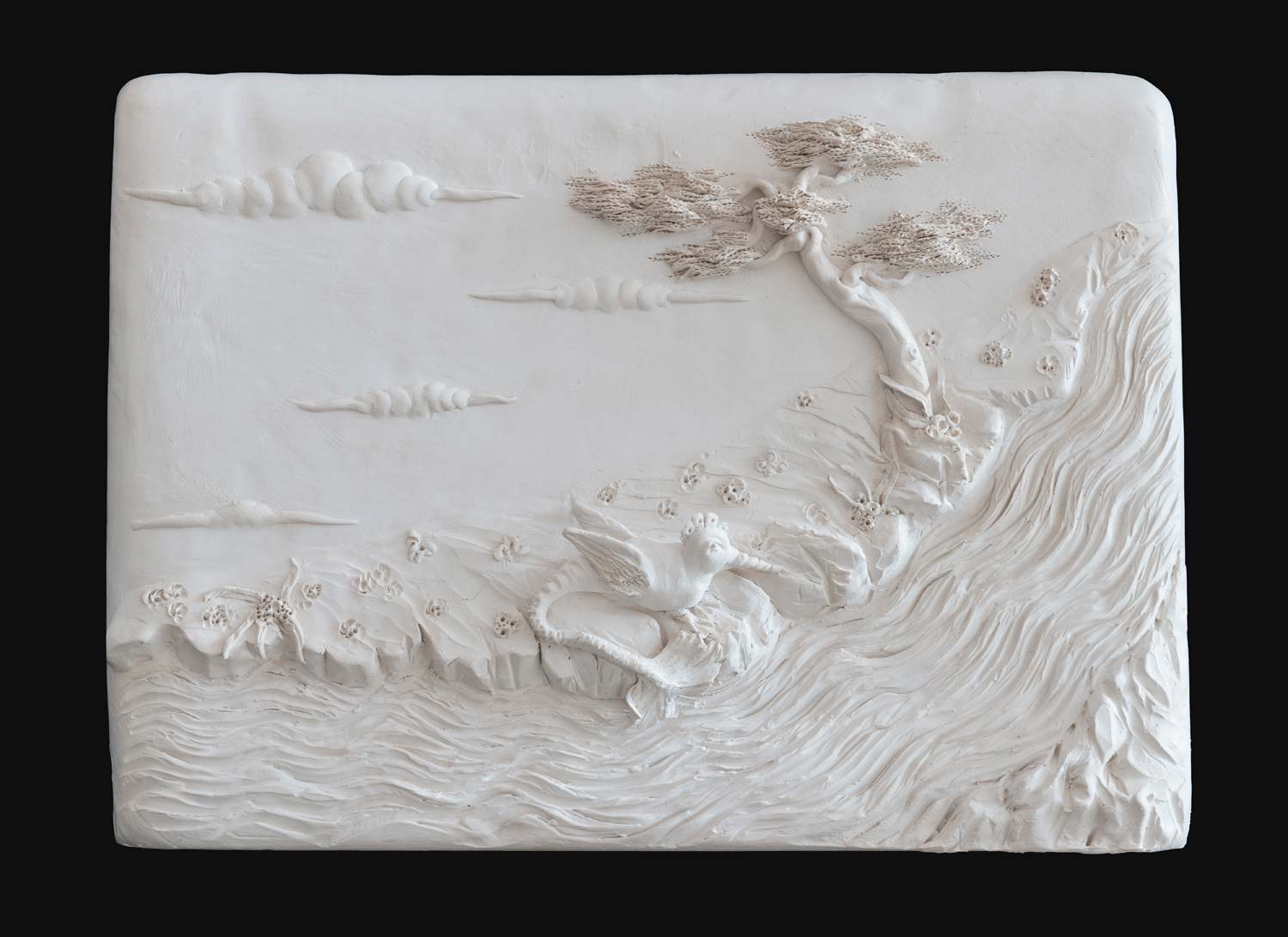 Dario Ghibaudo,
Dario Ghibaudo,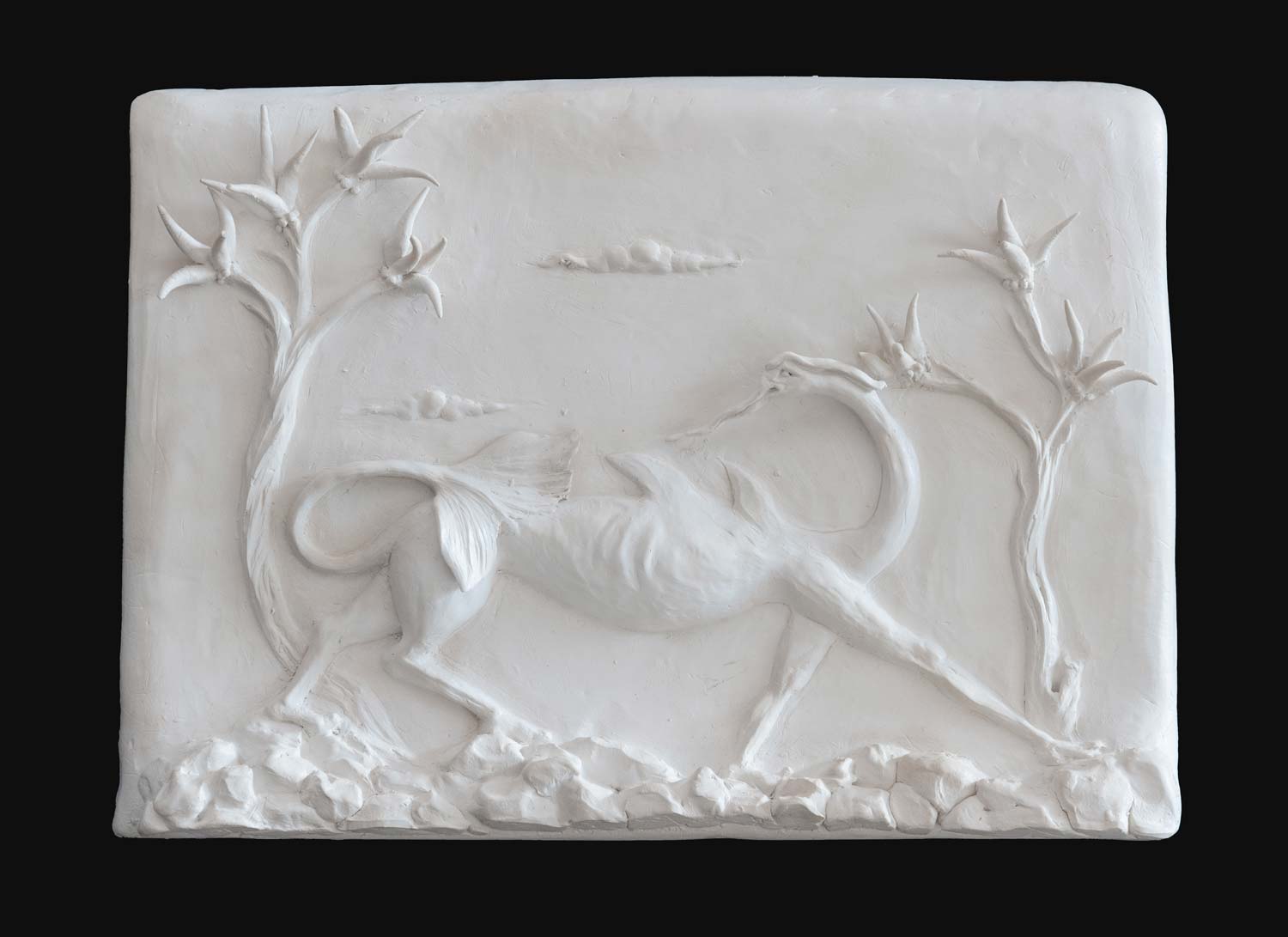 Dario Ghibaudo,
Dario Ghibaudo,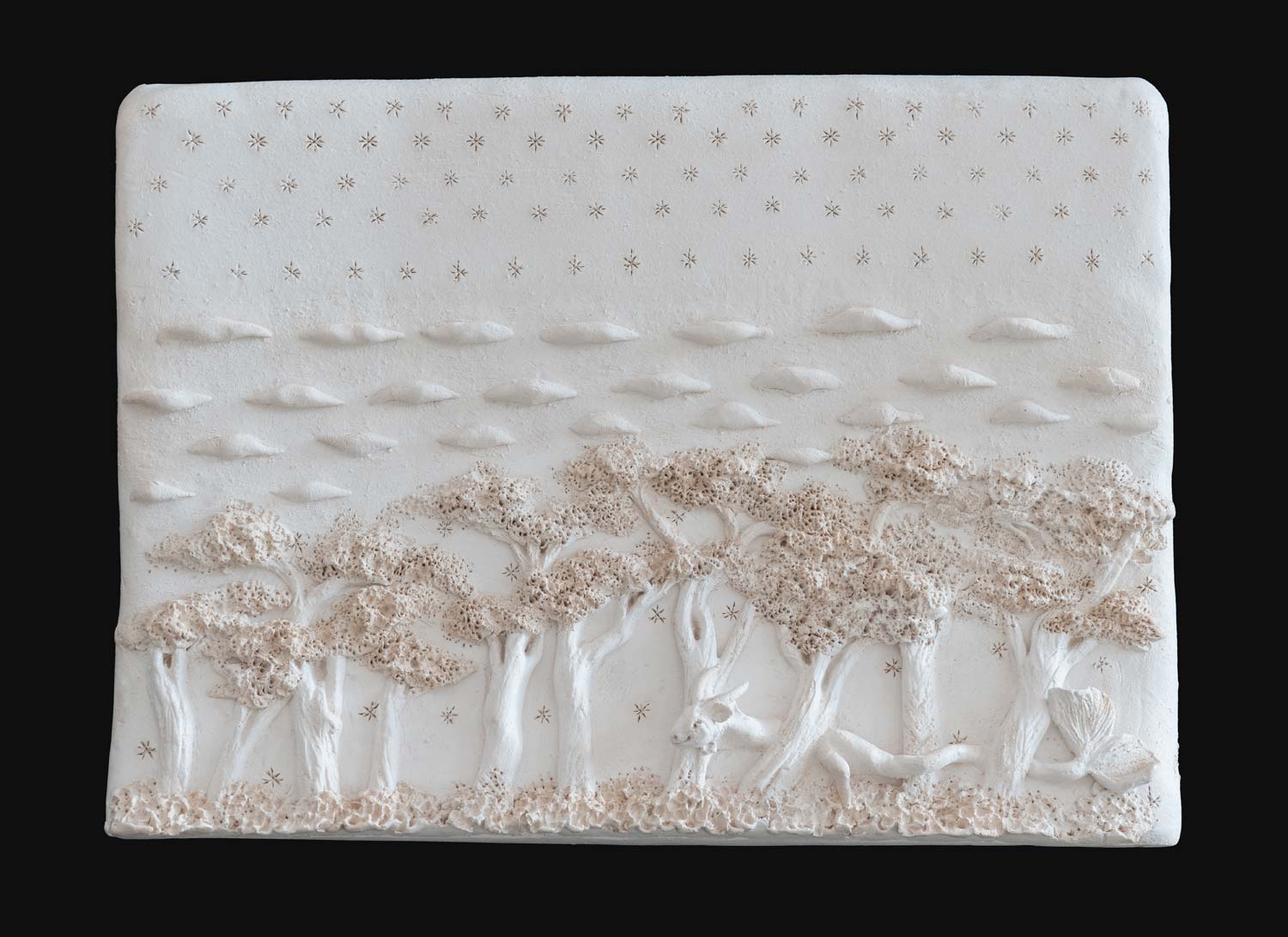 Dario Ghibaudo,
Dario Ghibaudo,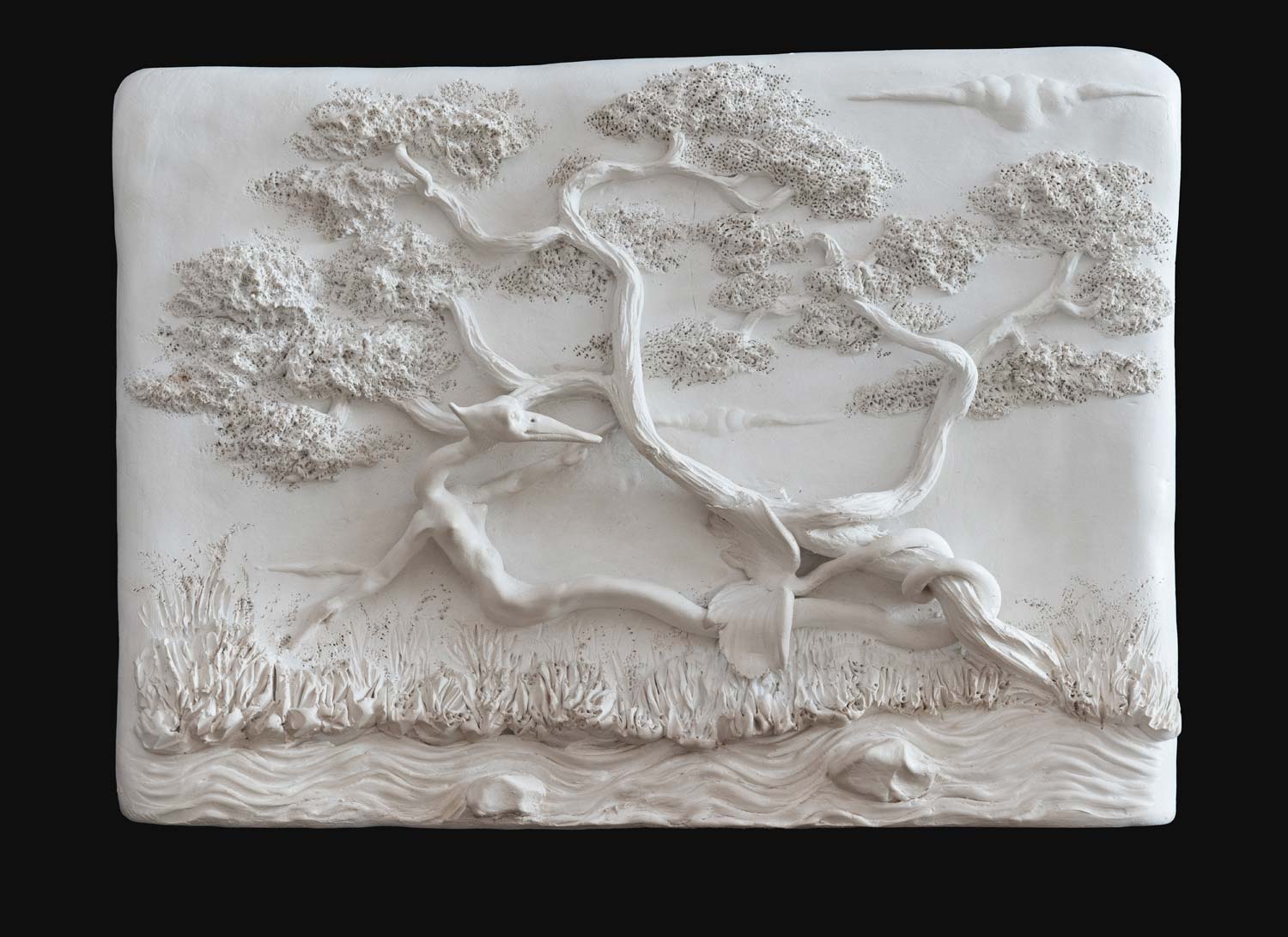 Dario Ghibaudo,
Dario Ghibaudo,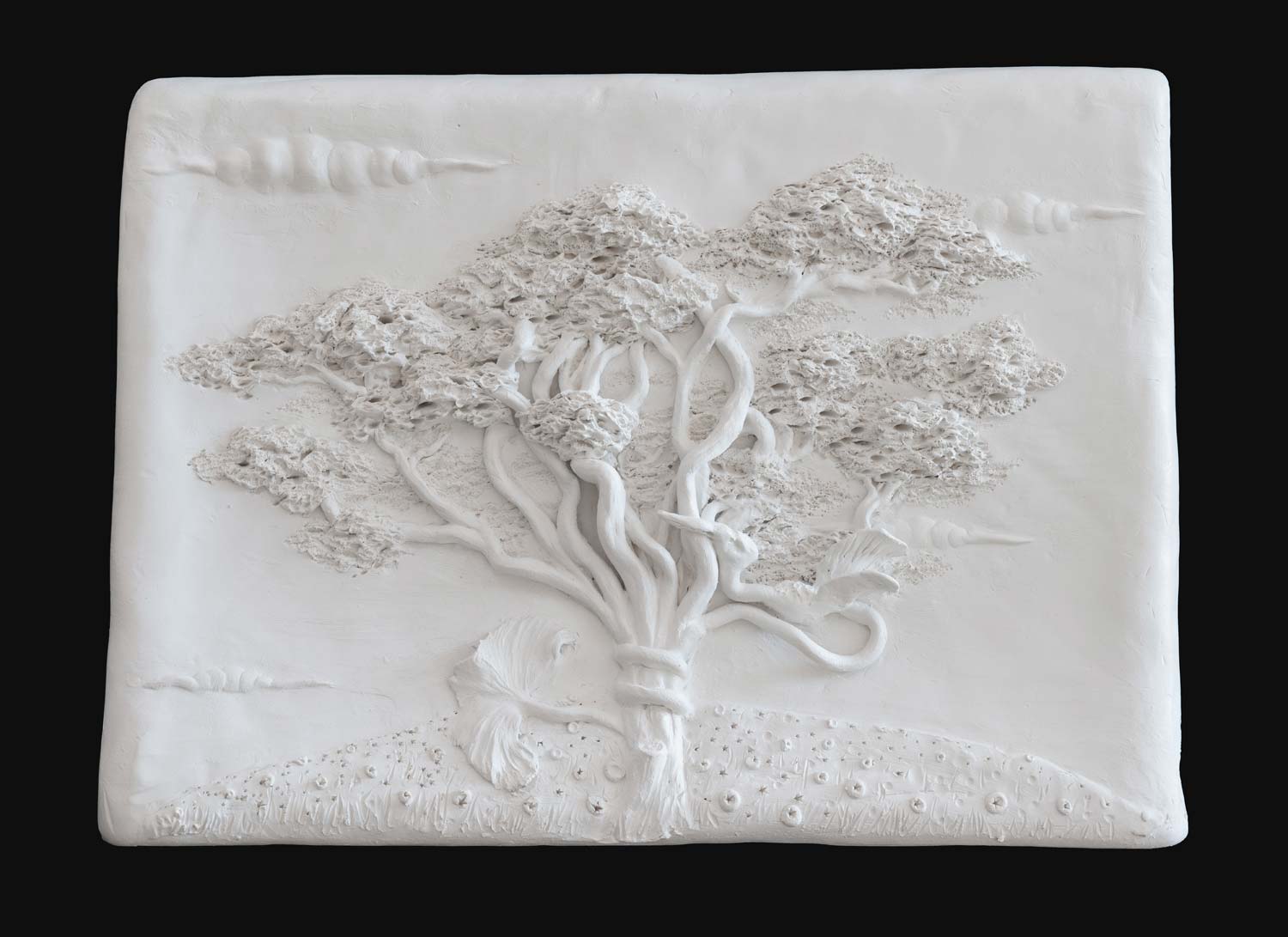 Dario Ghibaudo,
Dario Ghibaudo,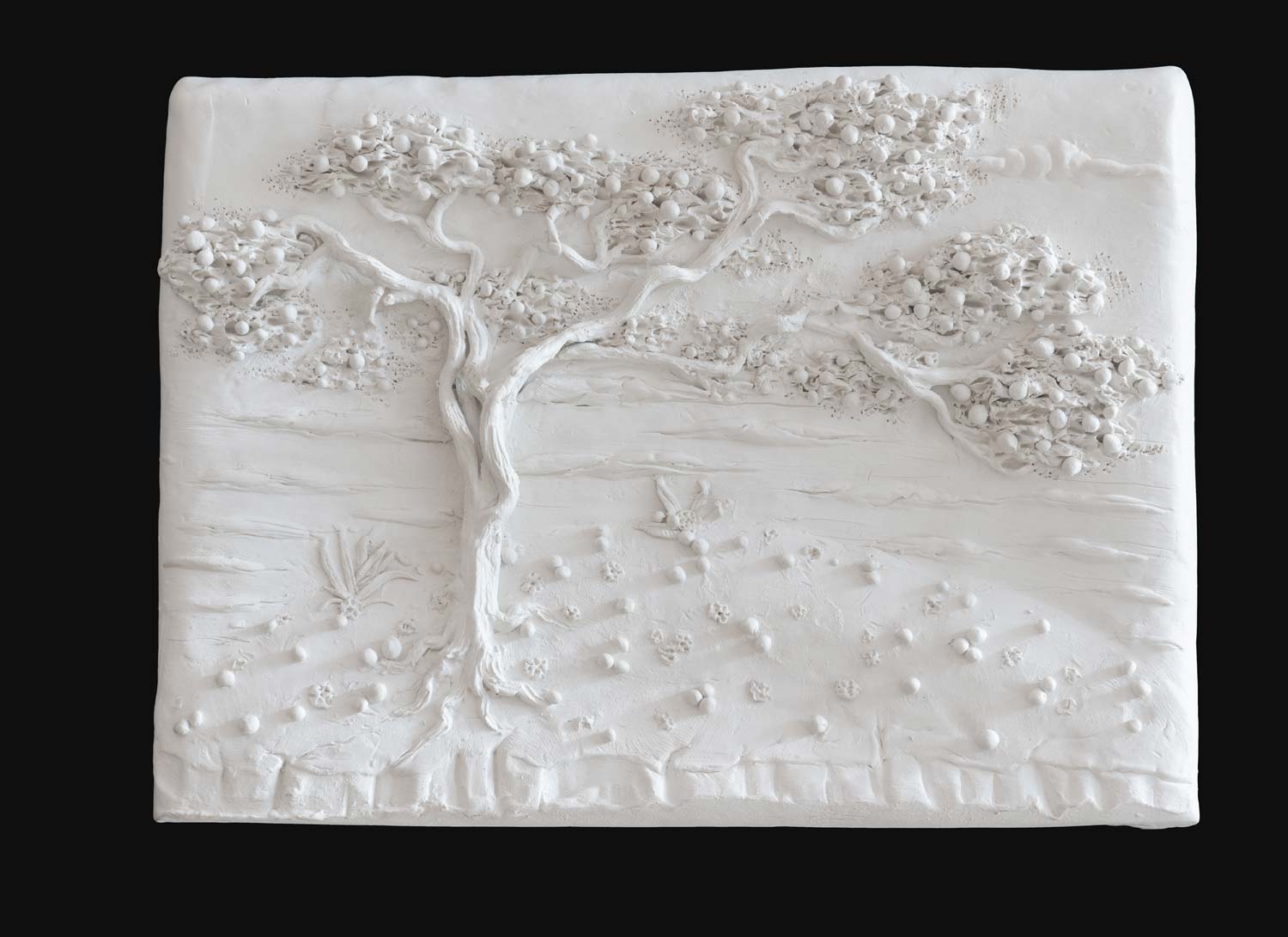 Dario Ghibaudo,
Dario Ghibaudo,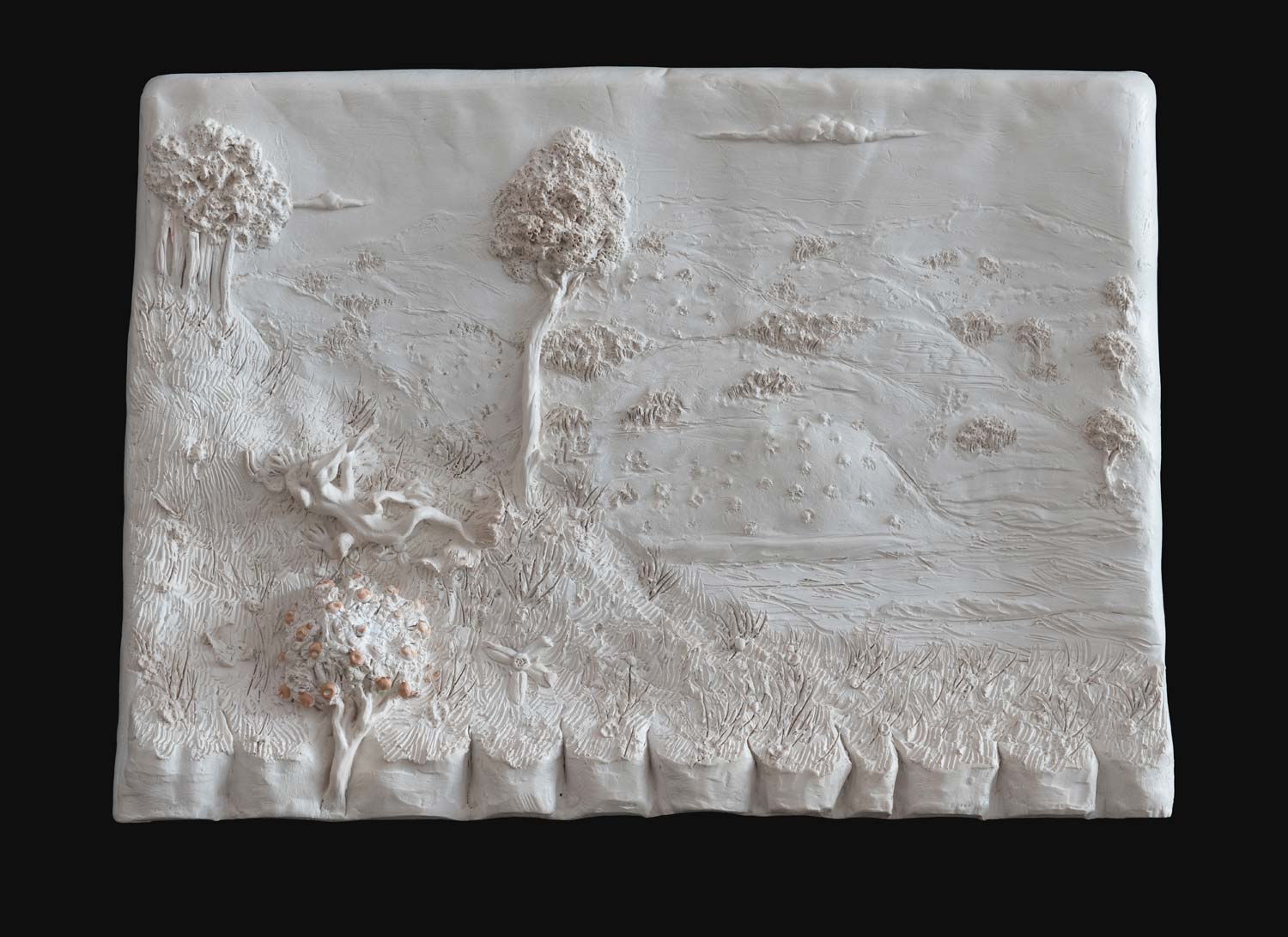 Dario Ghibaudo,
Dario Ghibaudo,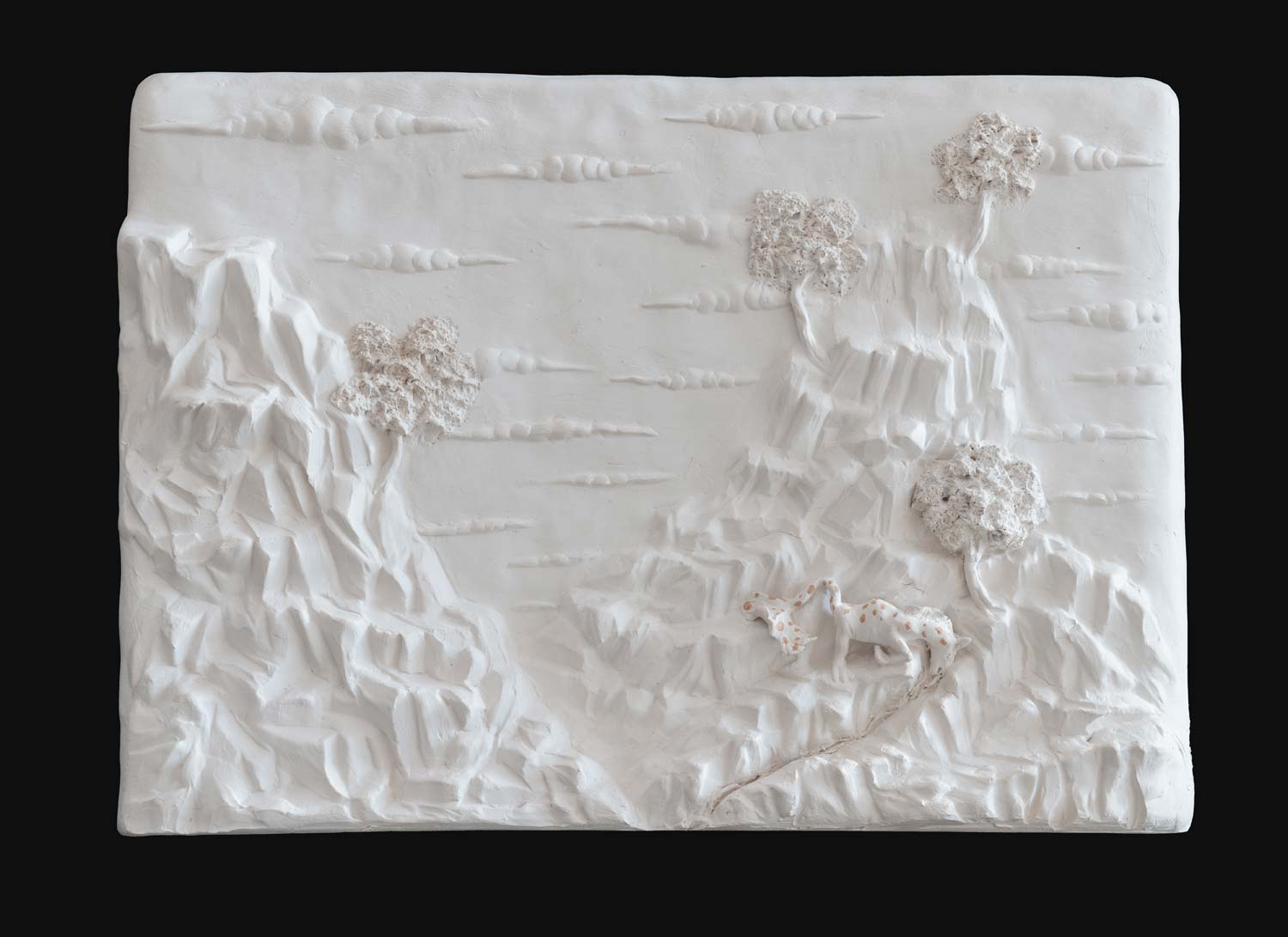 Dario Ghibaudo,
Dario Ghibaudo,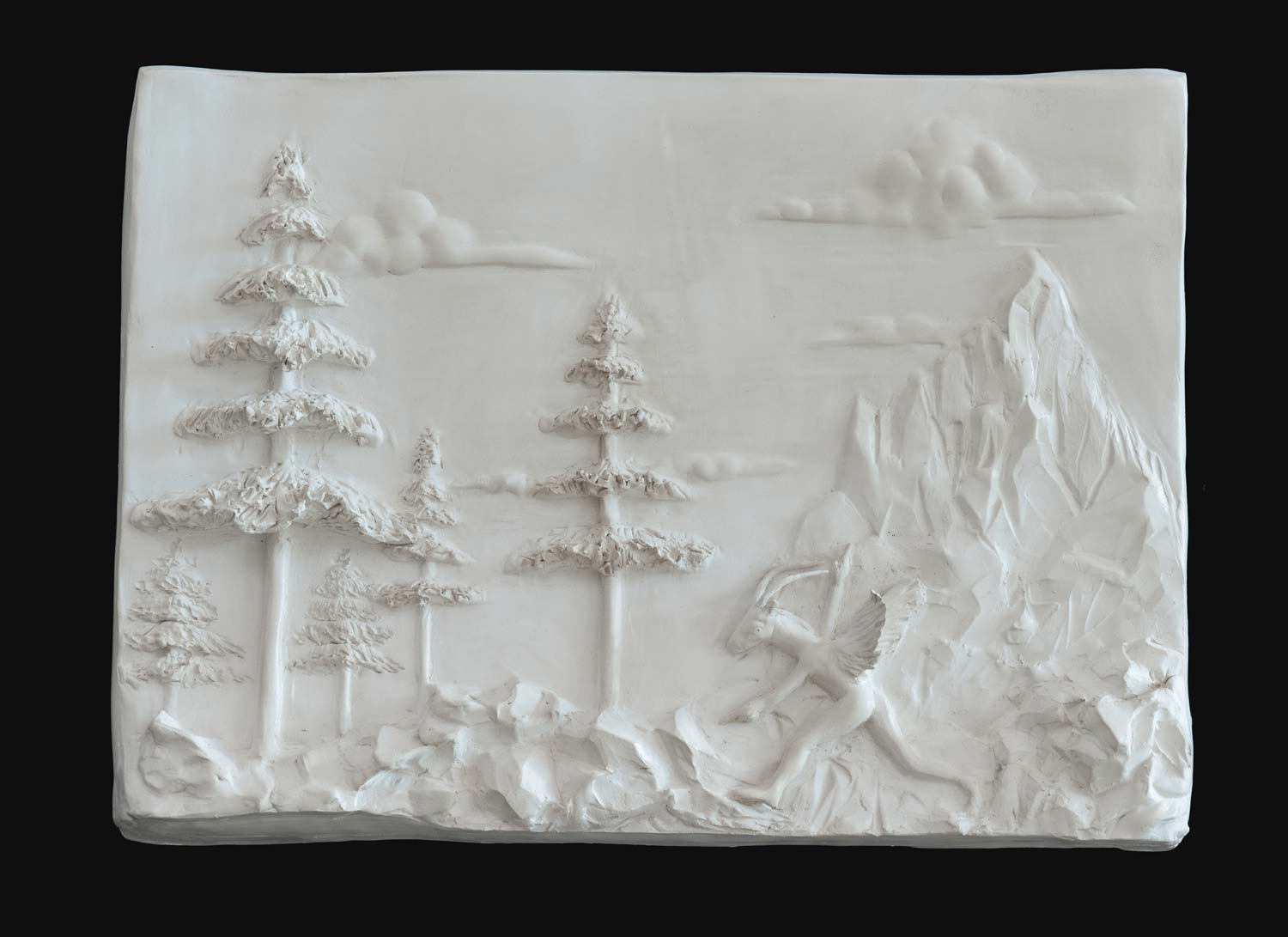 Dario Ghibaudo,
Dario Ghibaudo,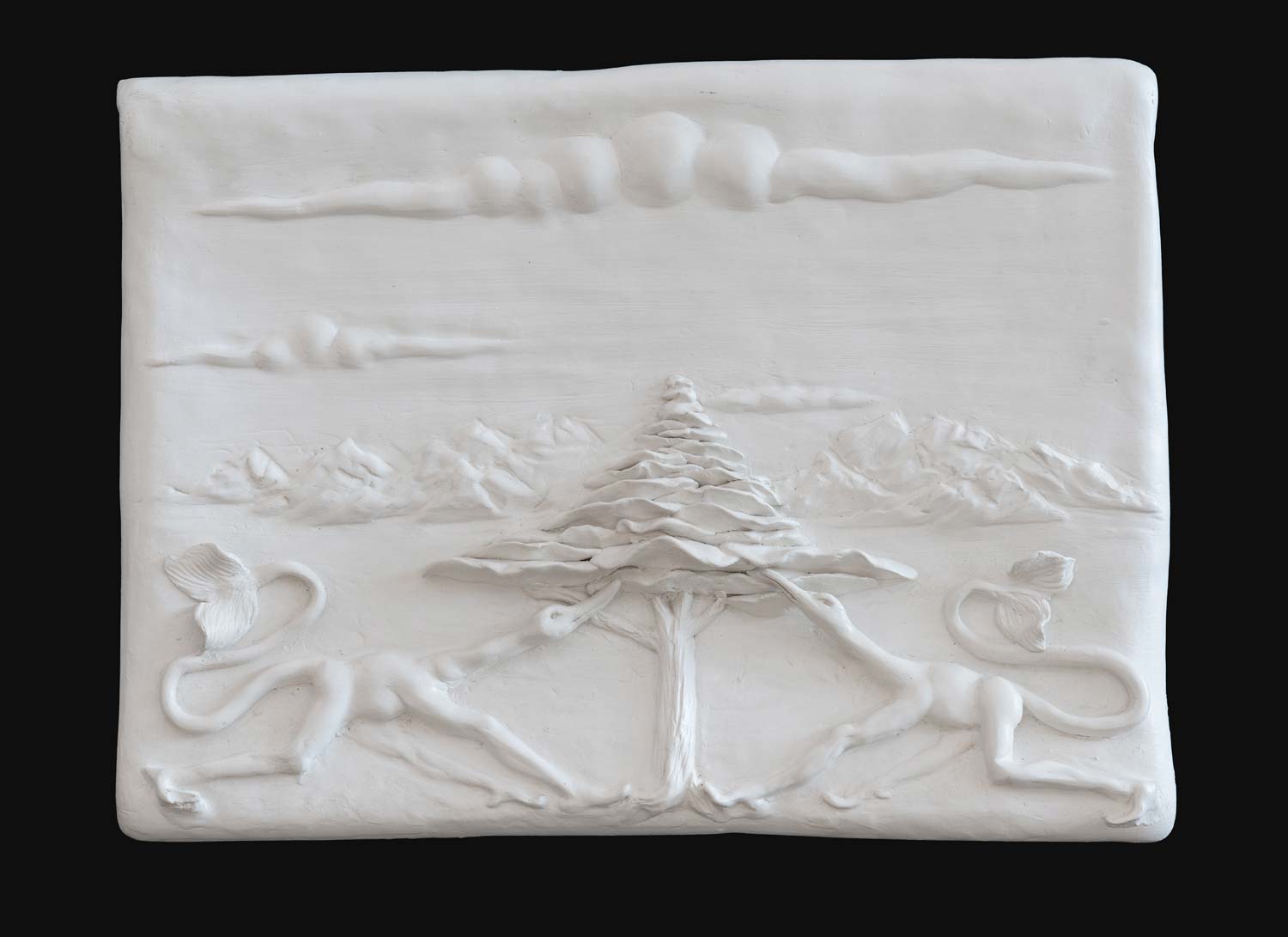 Dario Ghibaudo,
Dario Ghibaudo,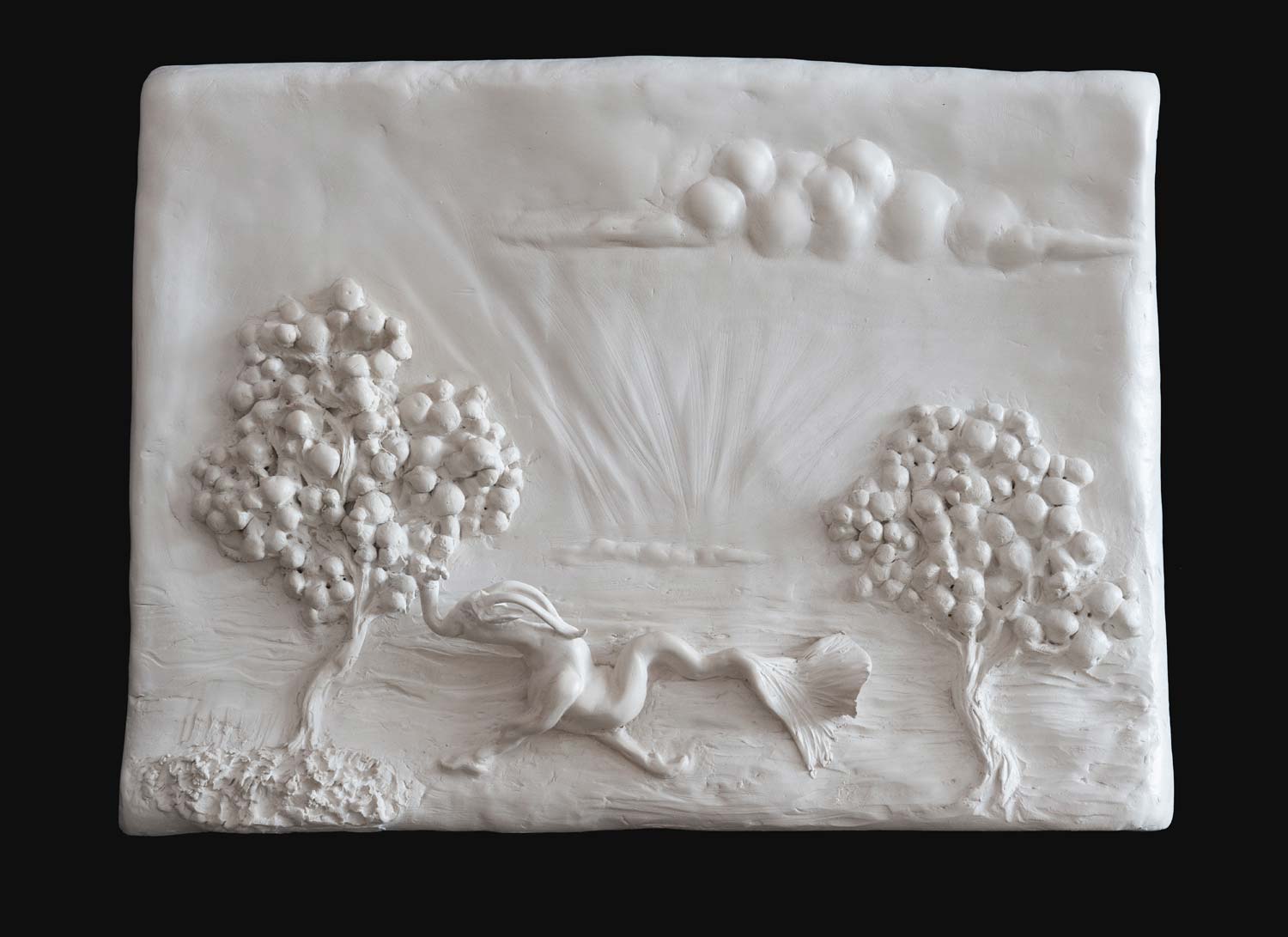 Dario Ghibaudo,
Dario Ghibaudo,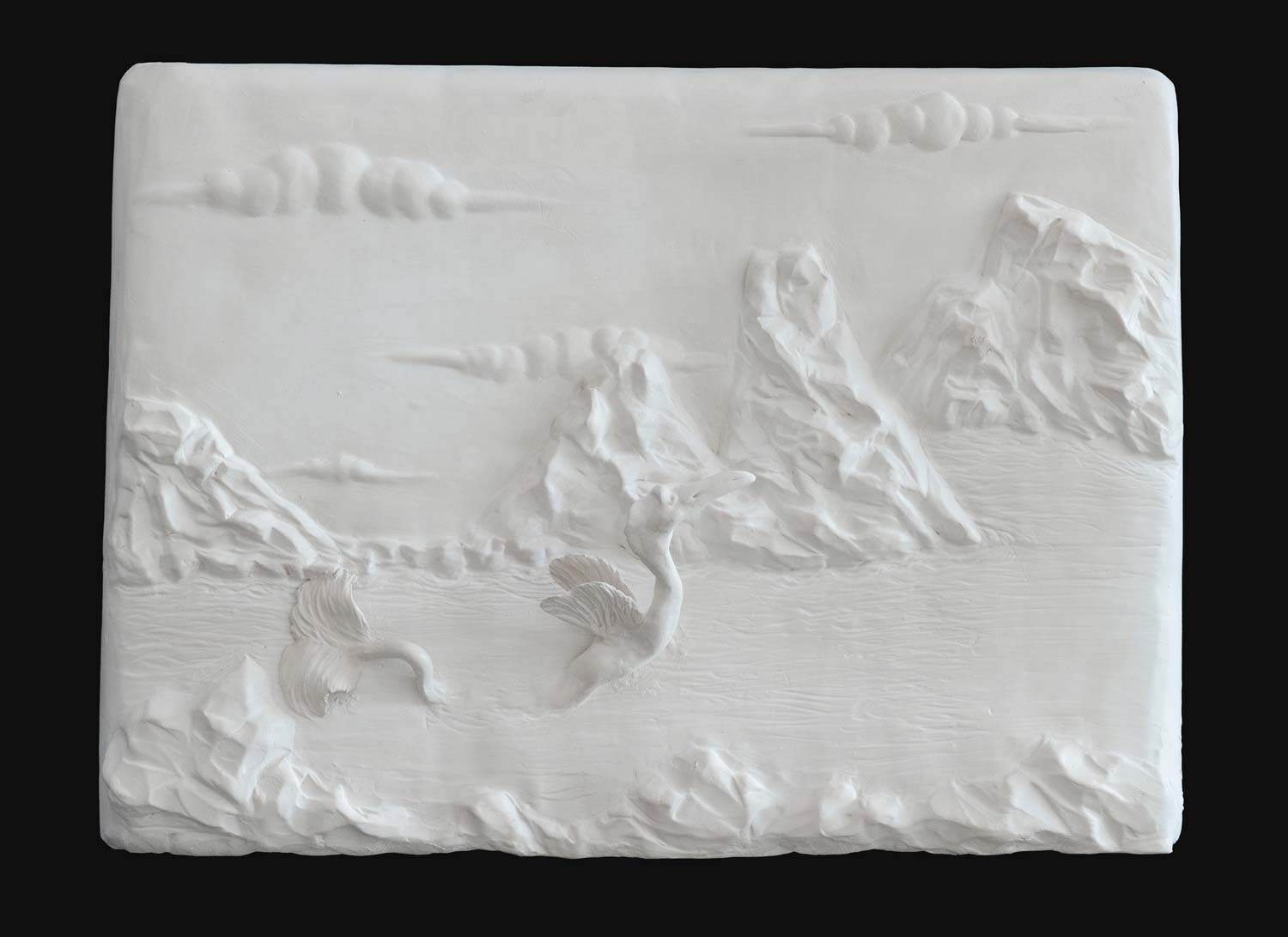 Dario Ghibaudo,
Dario Ghibaudo,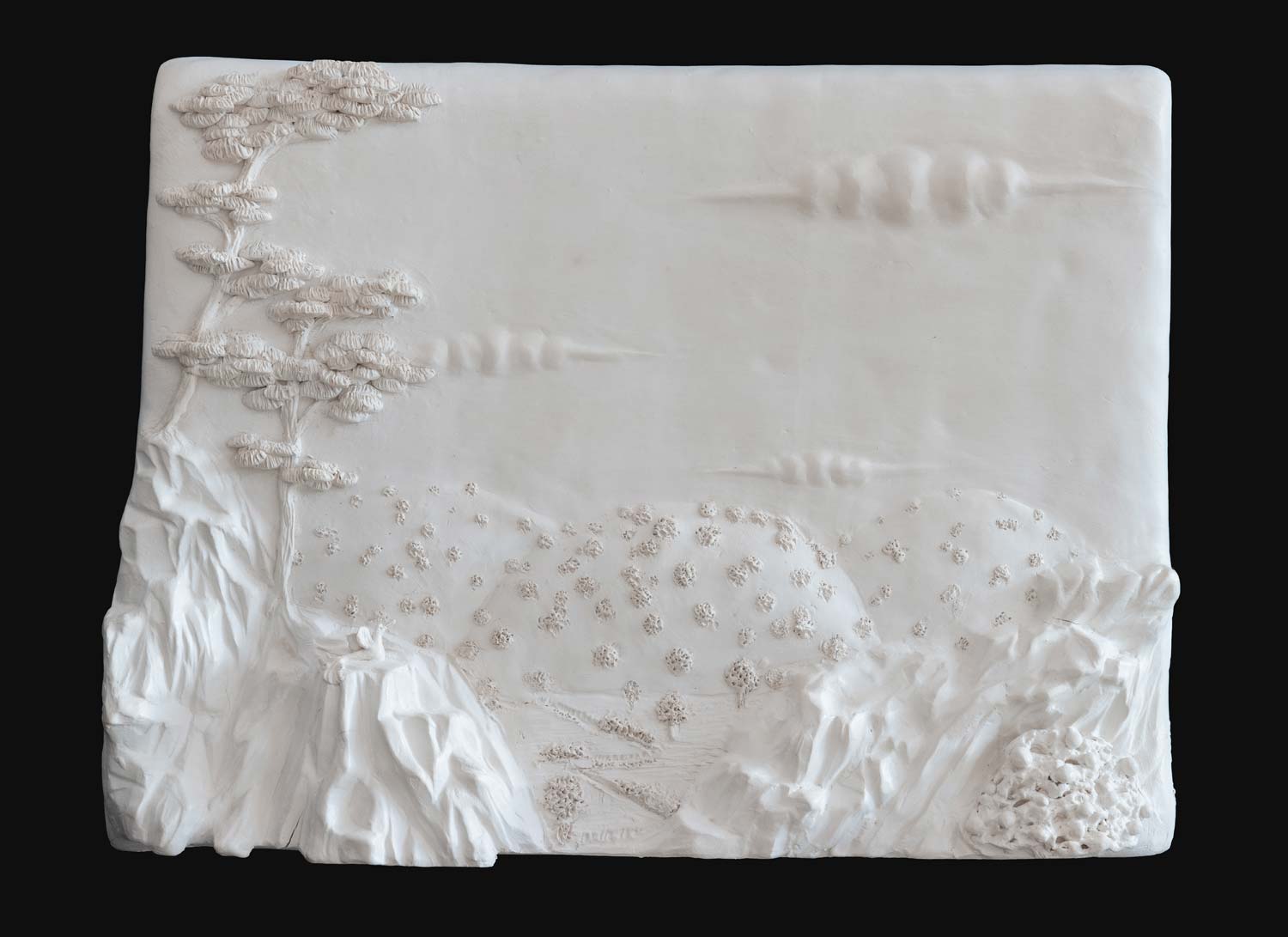 Dario Ghibaudo,
Dario Ghibaudo,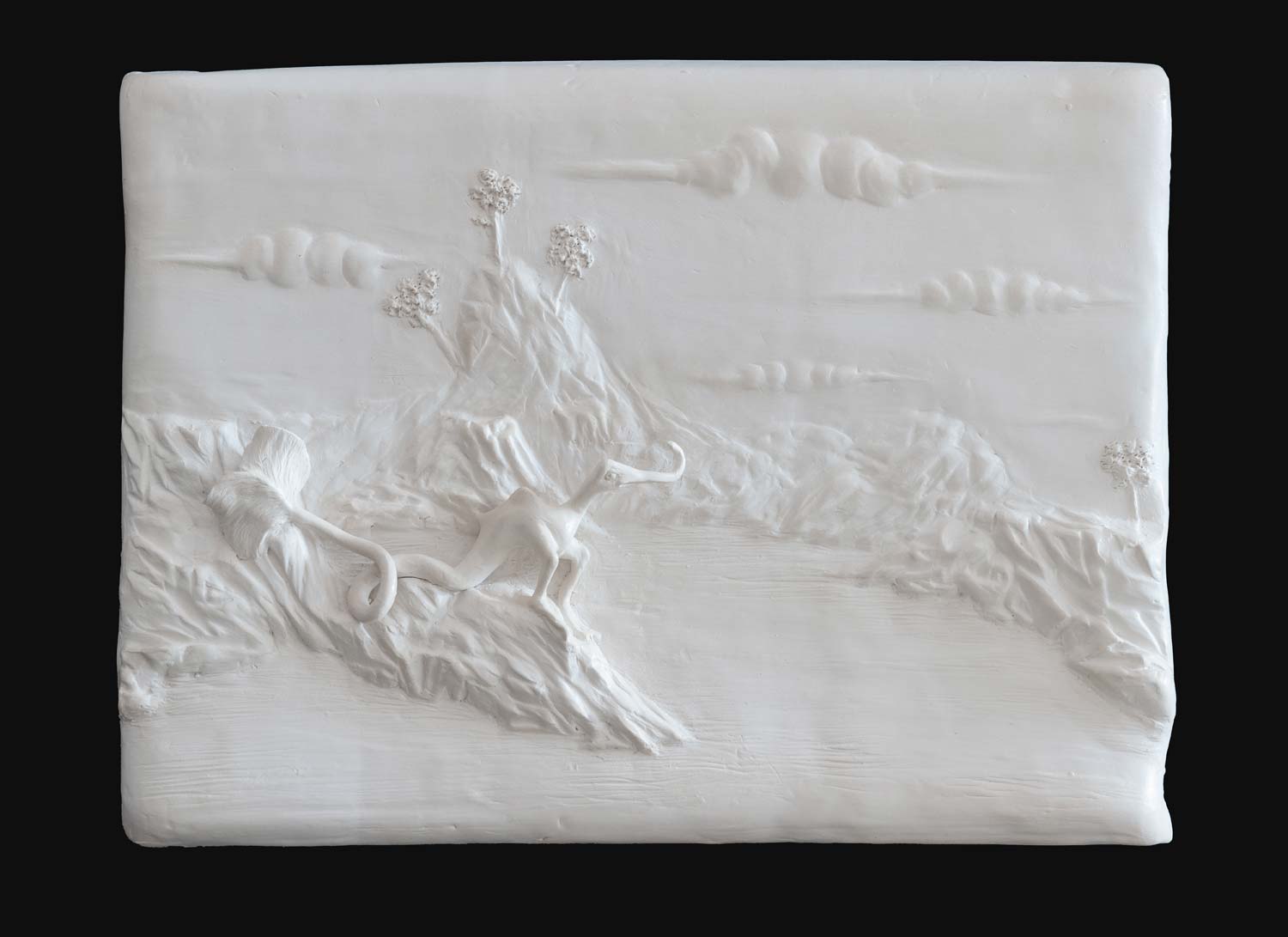 Dario Ghibaudo,
Dario Ghibaudo,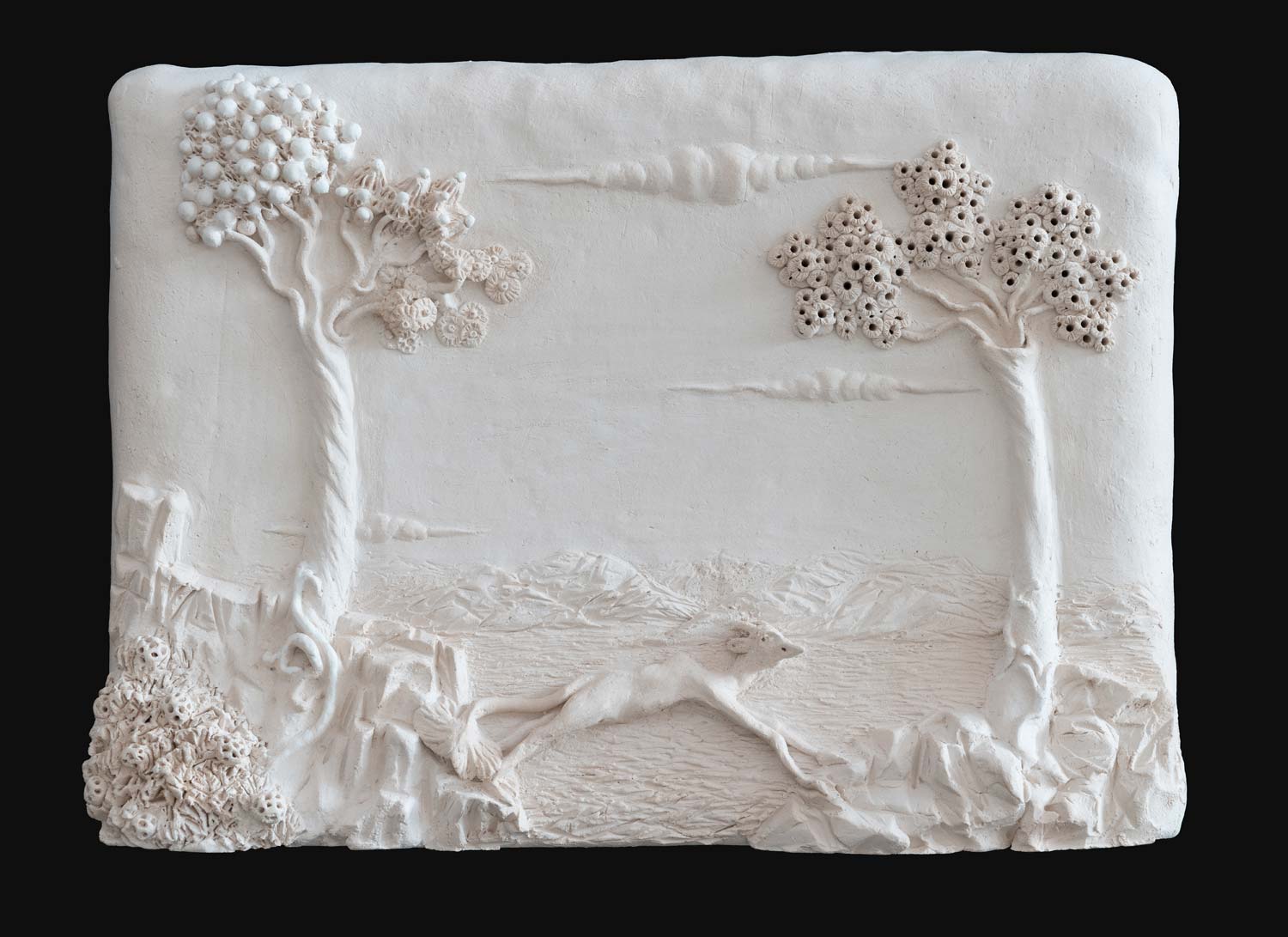 Dario Ghibaudo,
Dario Ghibaudo,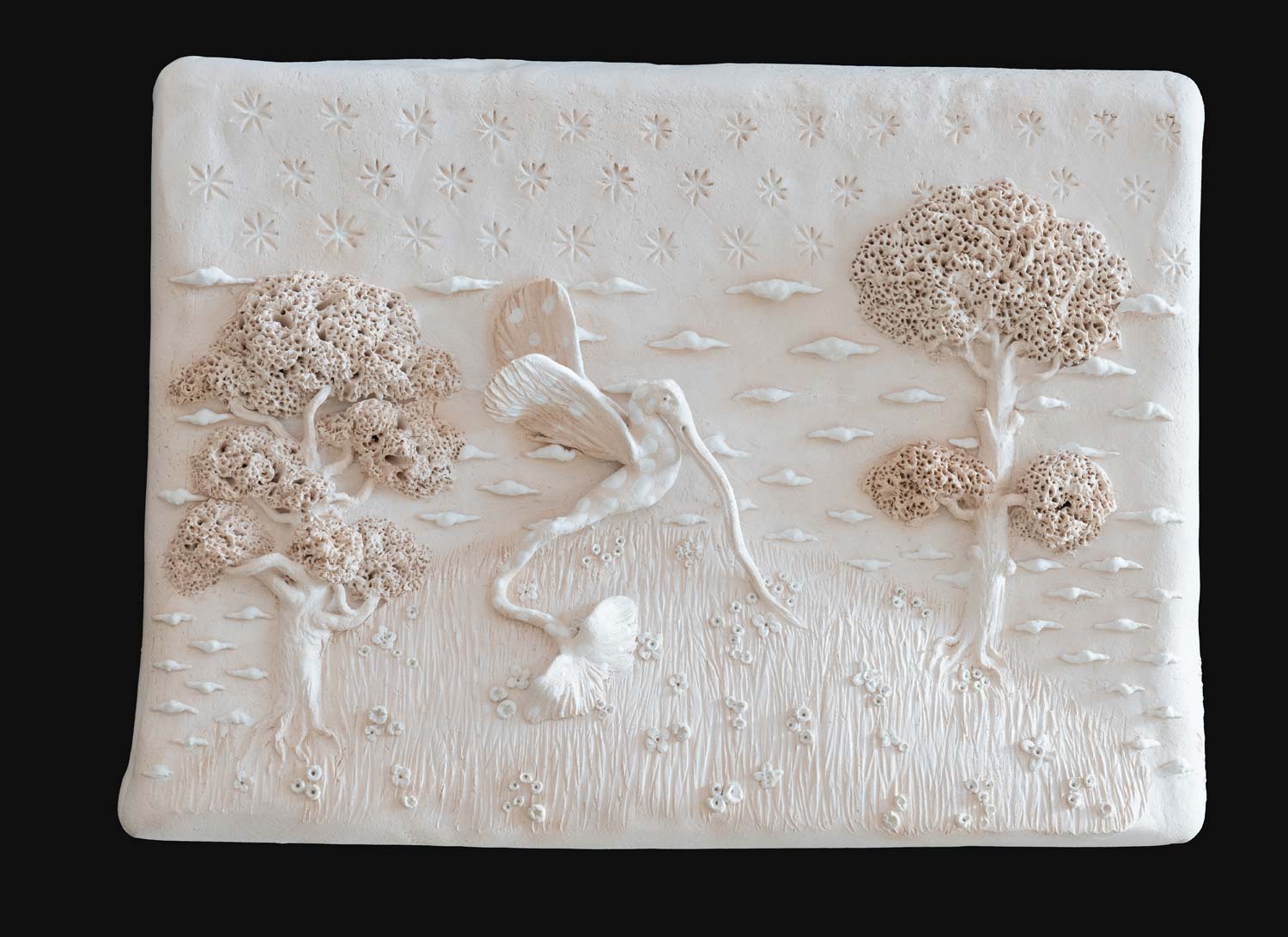 Dario Ghibaudo,
Dario Ghibaudo,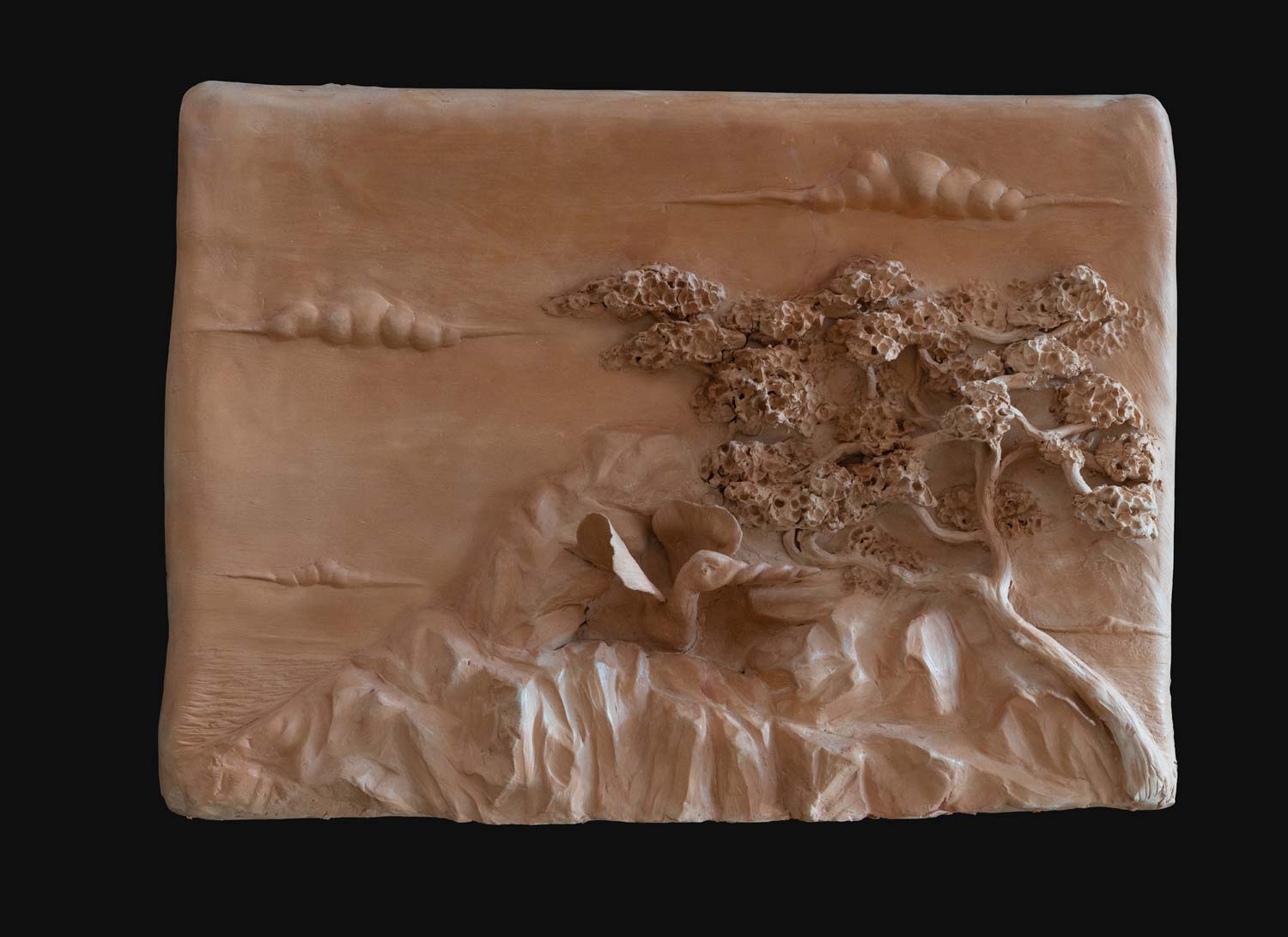
 |
| Milan, a new gallery opens, Carlocinque Gallery: start with Dario Ghibaudo's tiles |
Warning: the translation into English of the original Italian article was created using automatic tools. We undertake to review all articles, but we do not guarantee the total absence of inaccuracies in the translation due to the program. You can find the original by clicking on the ITA button. If you find any mistake,please contact us.